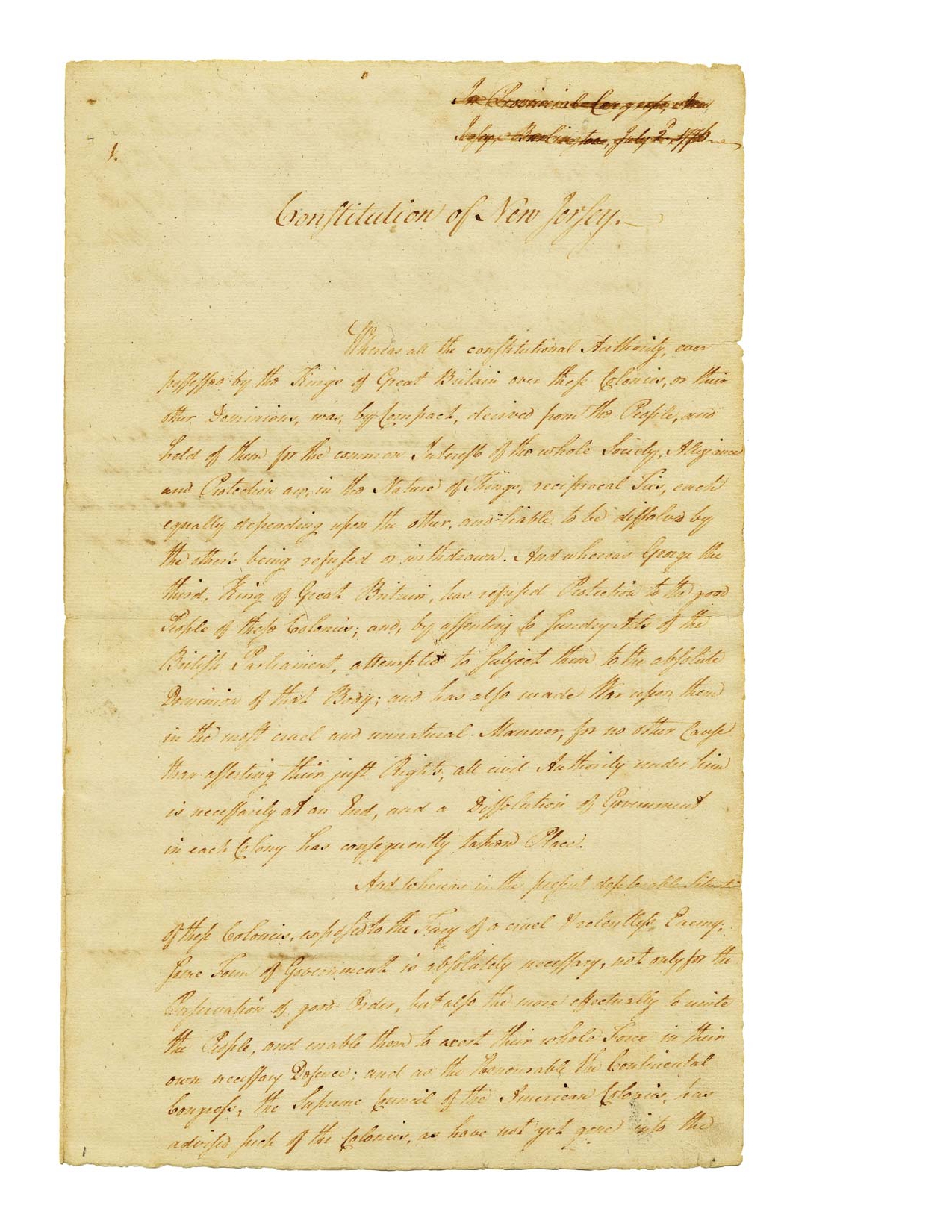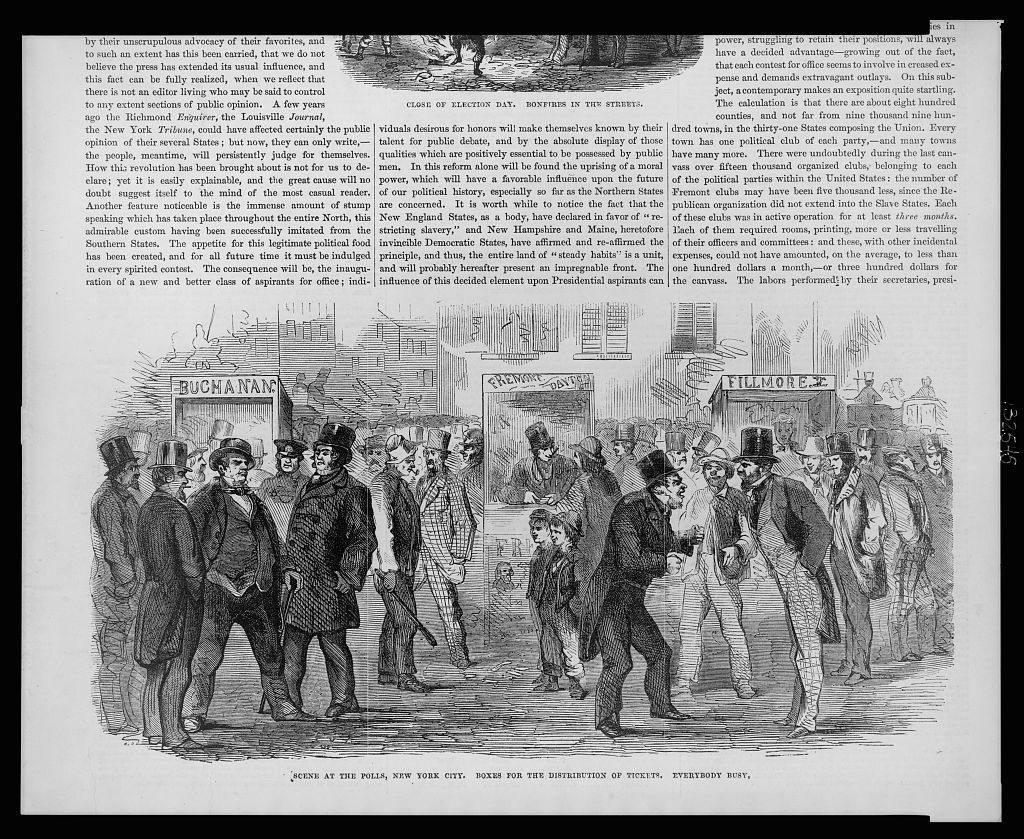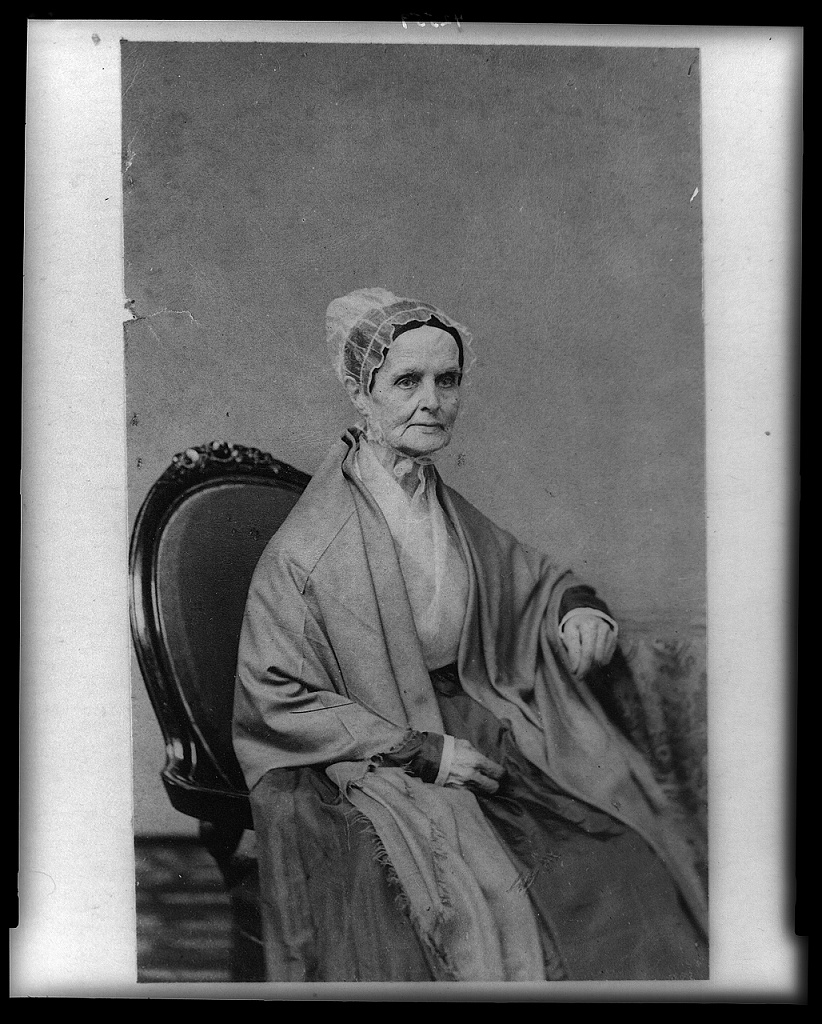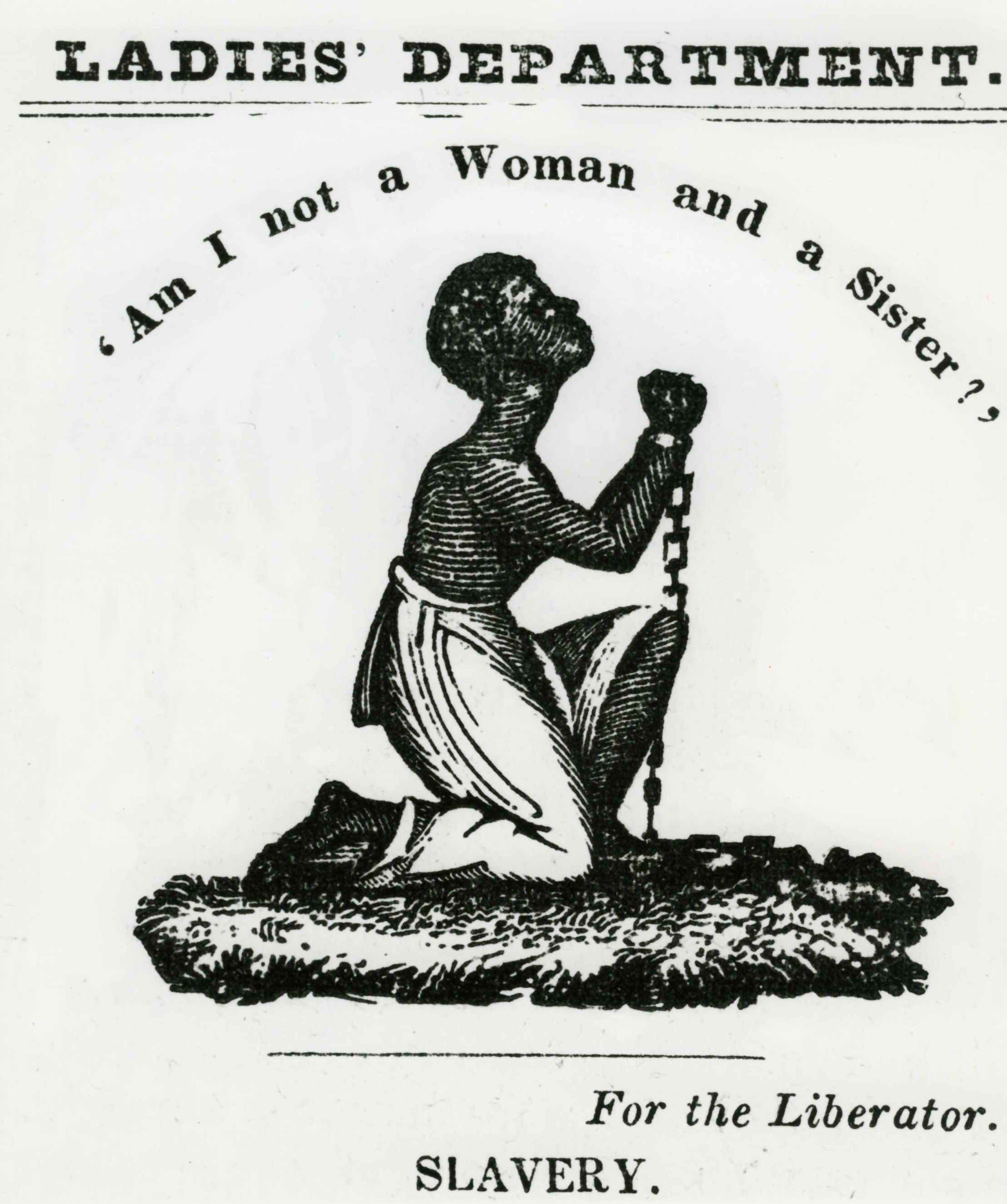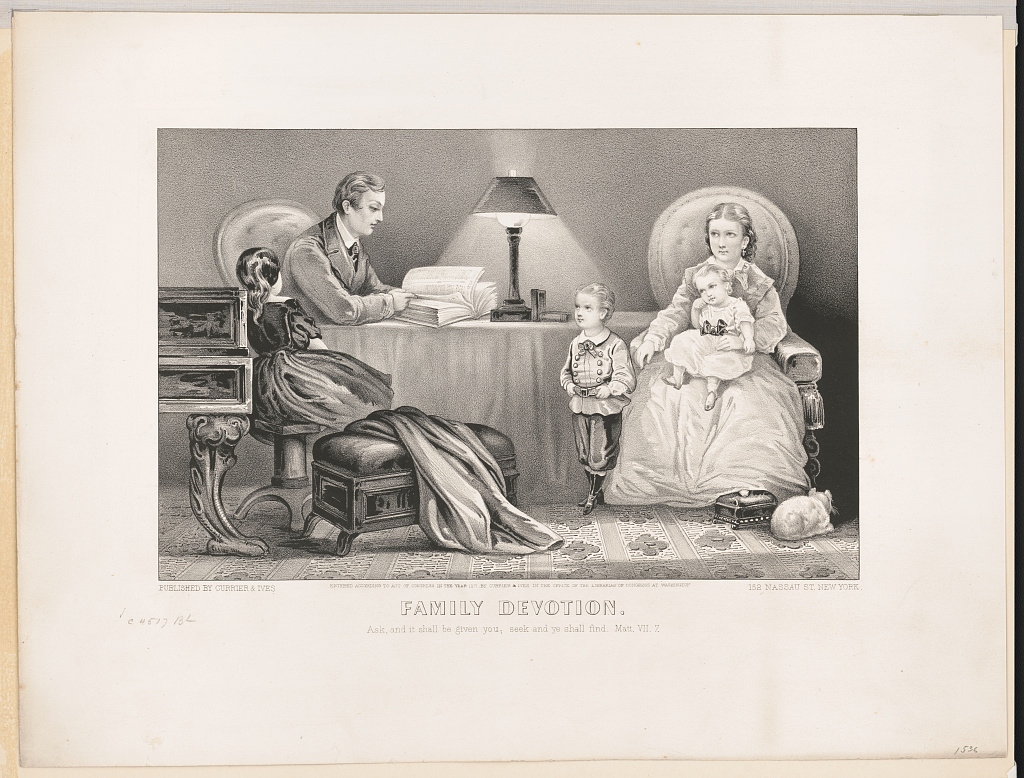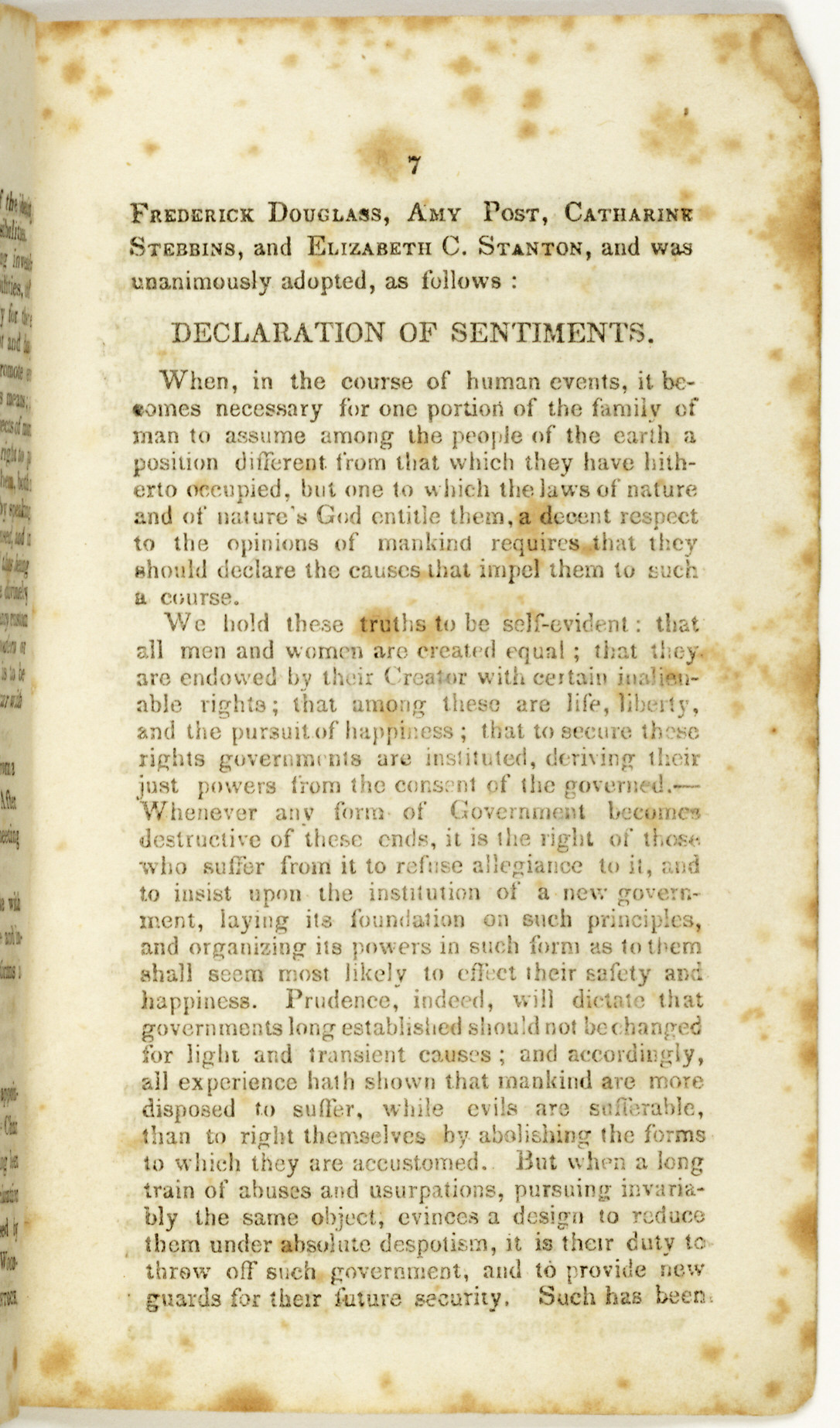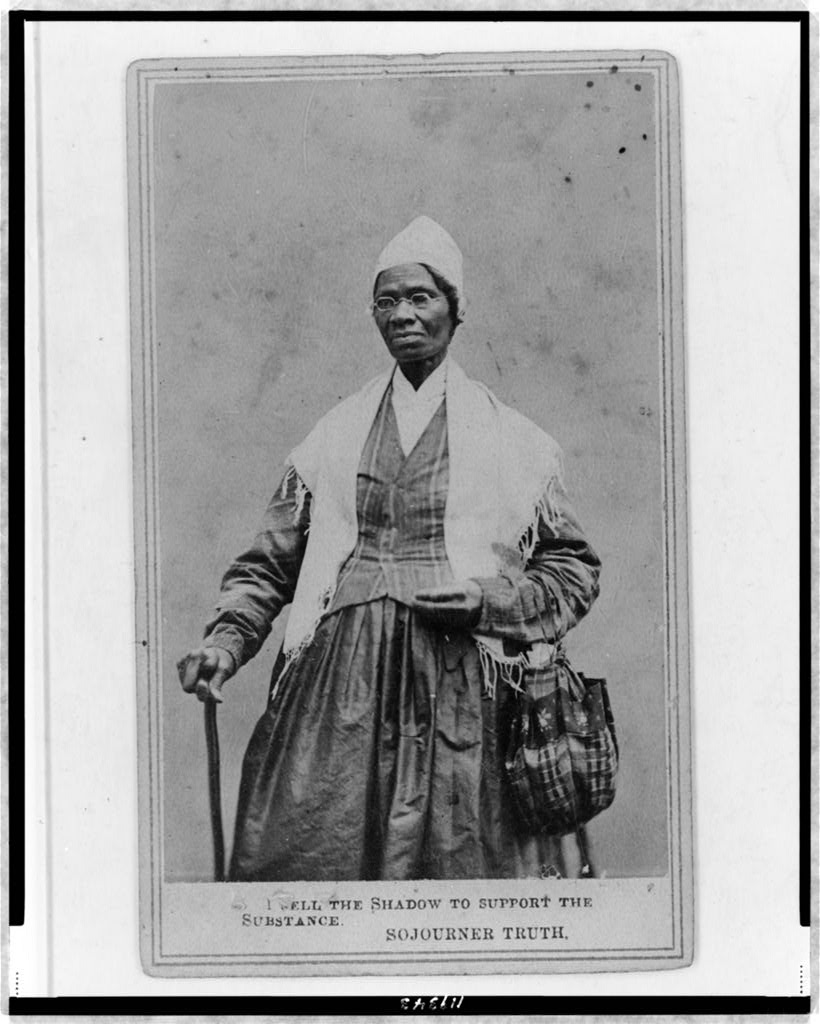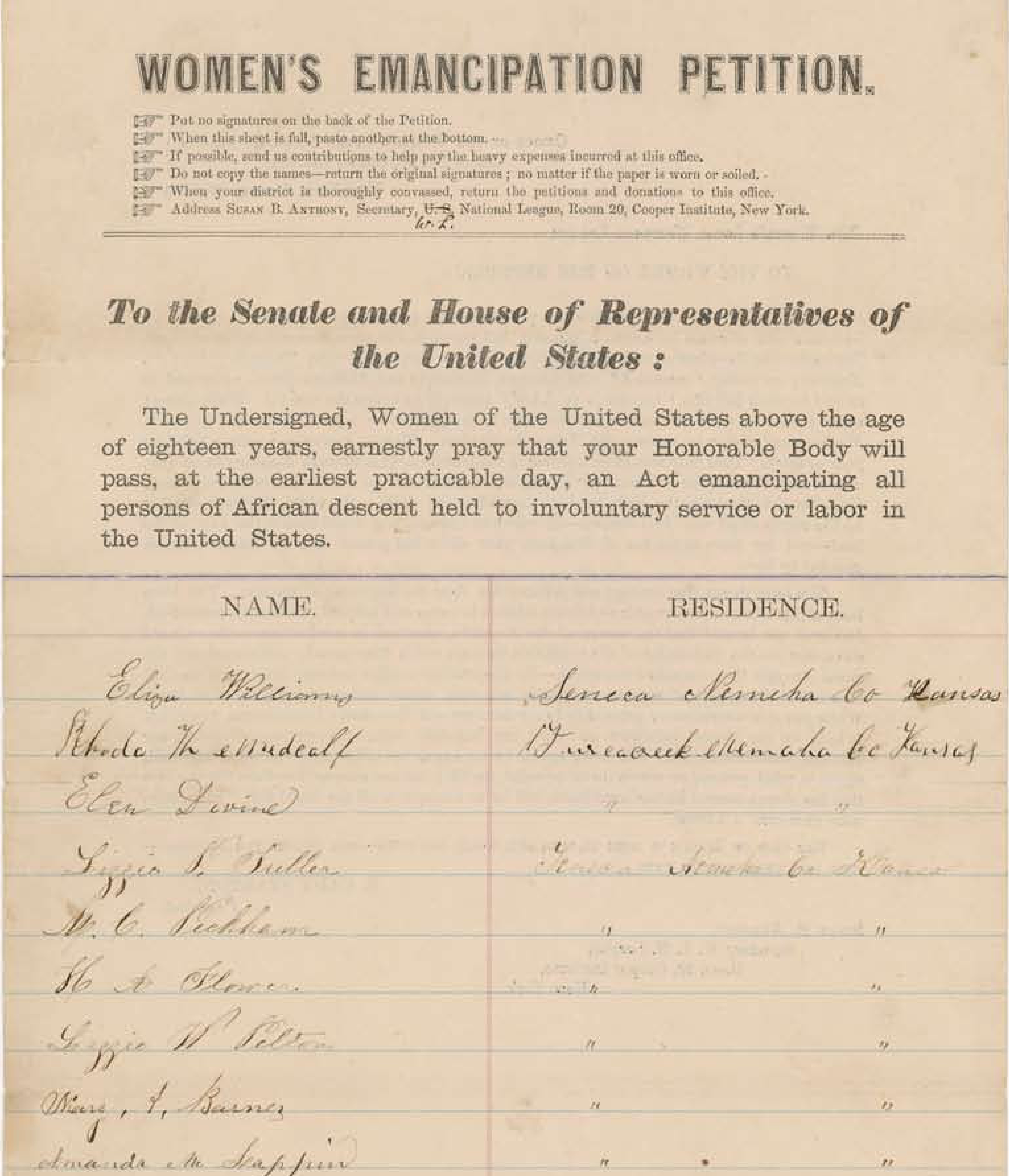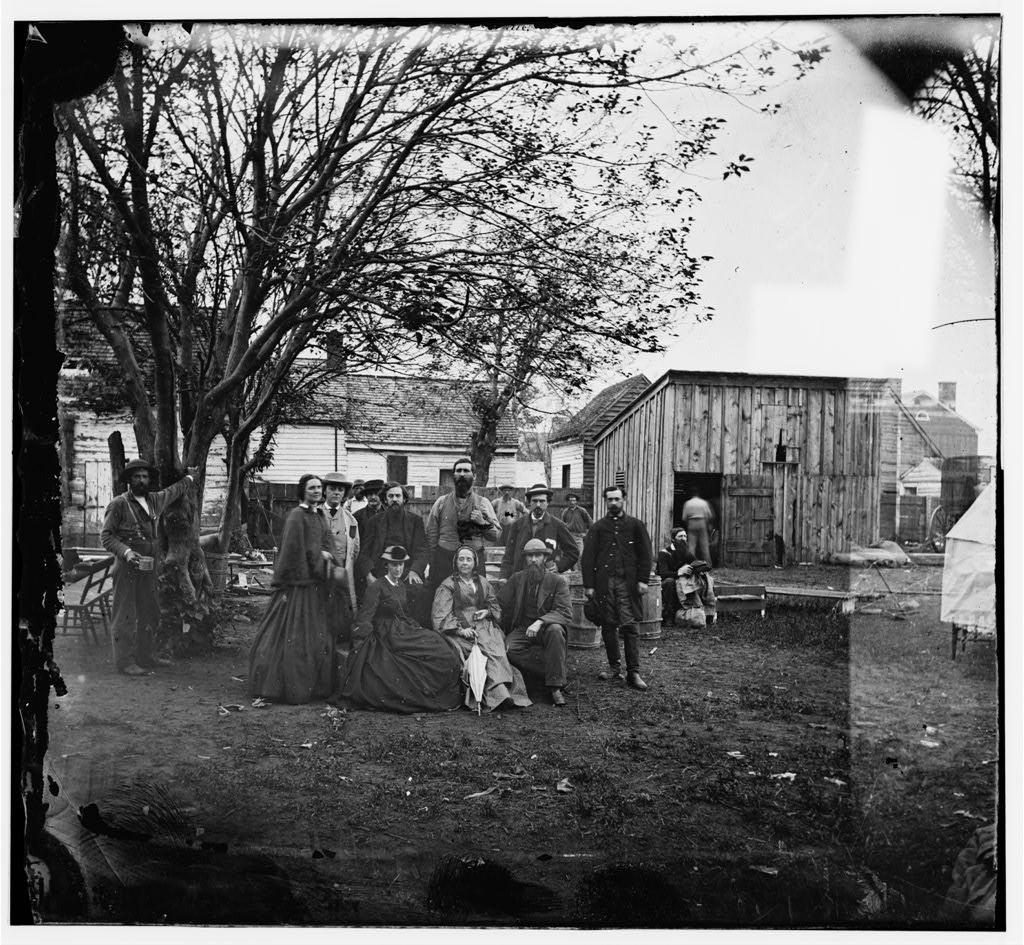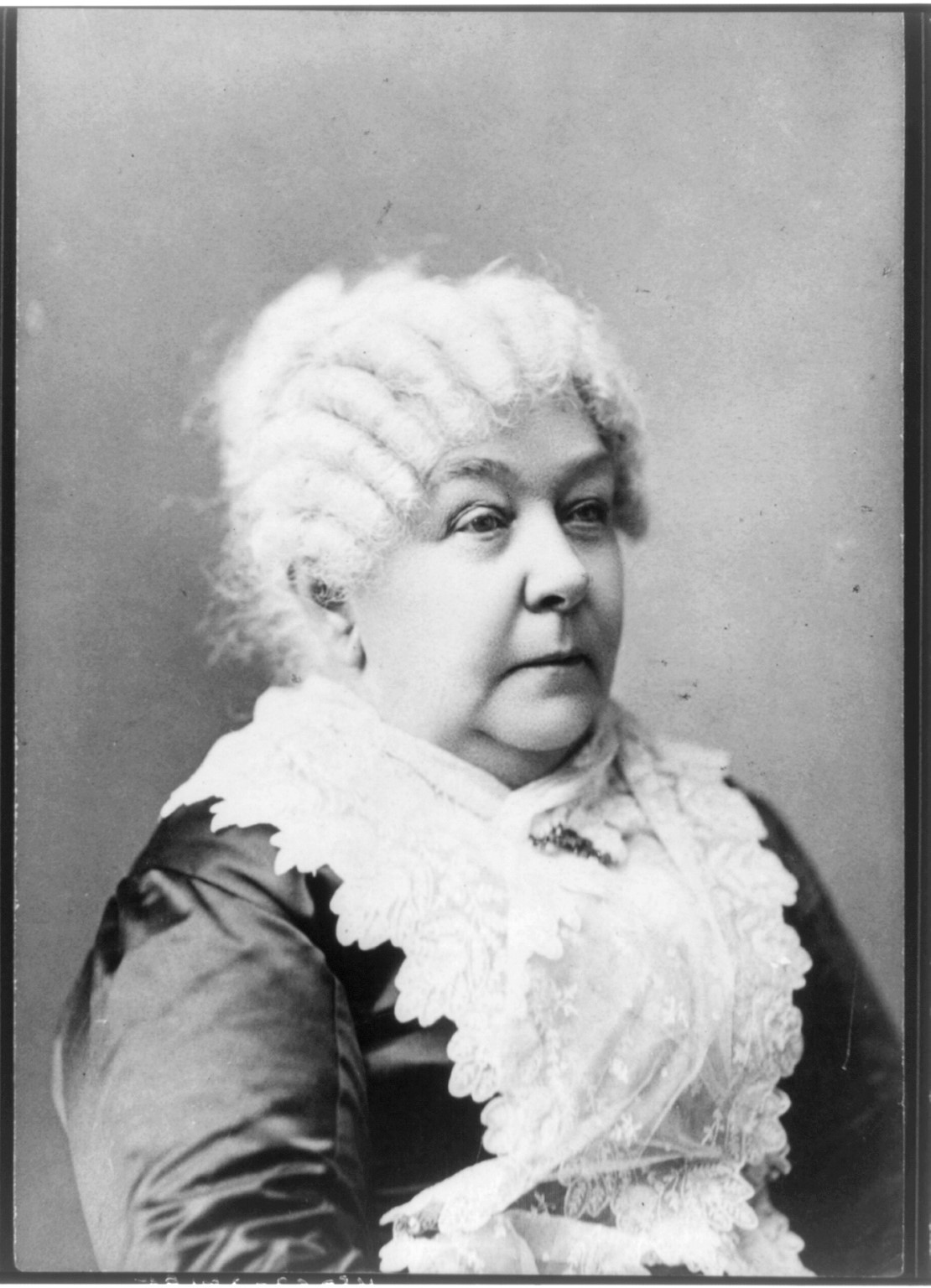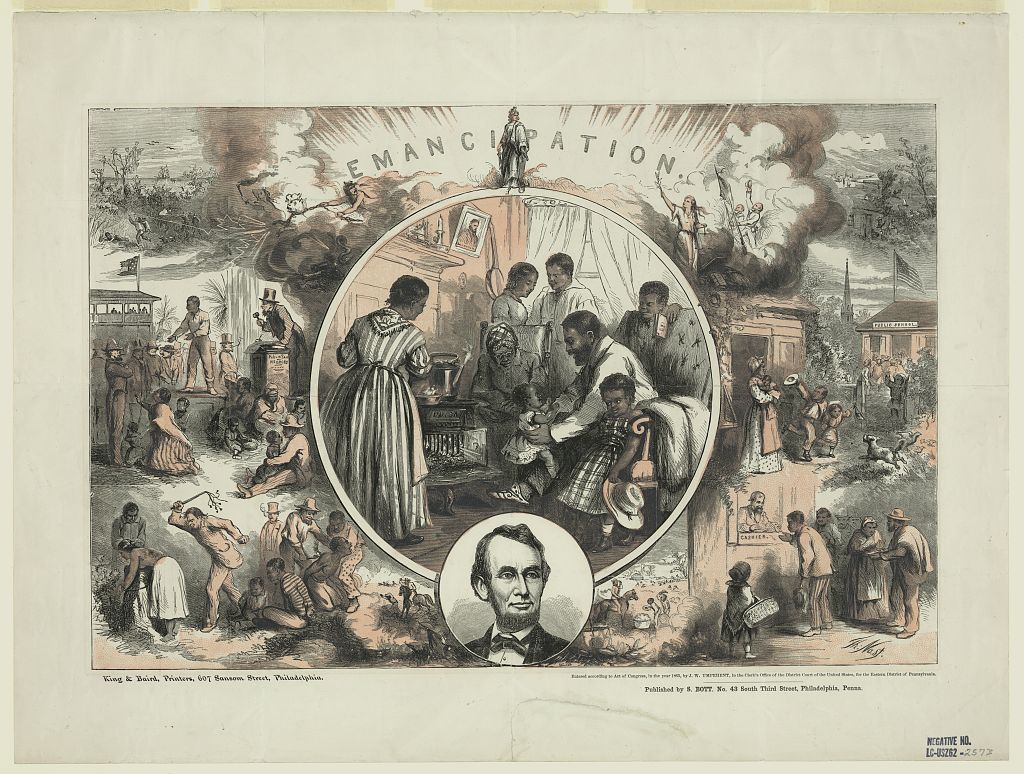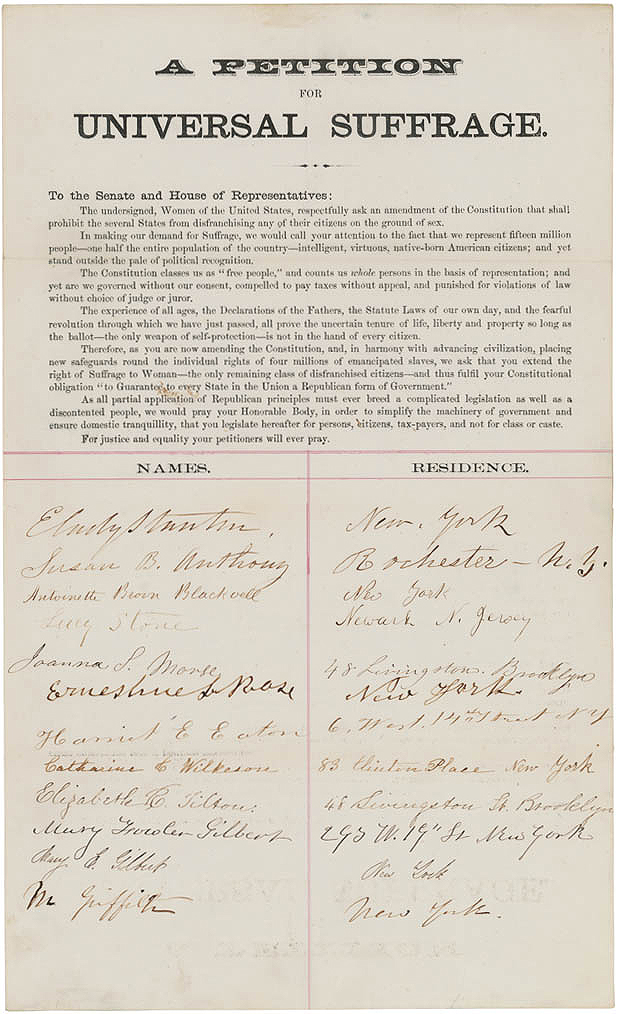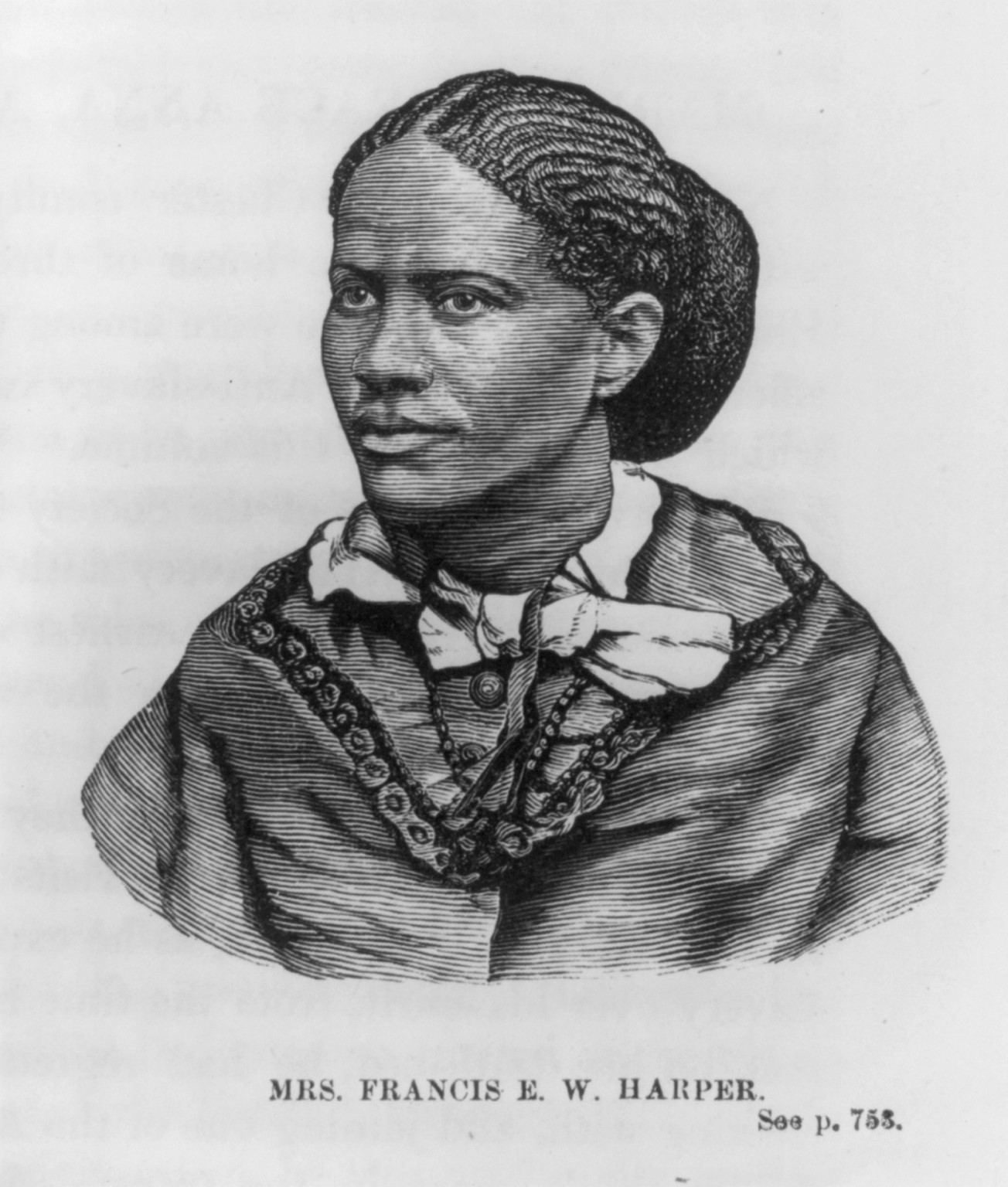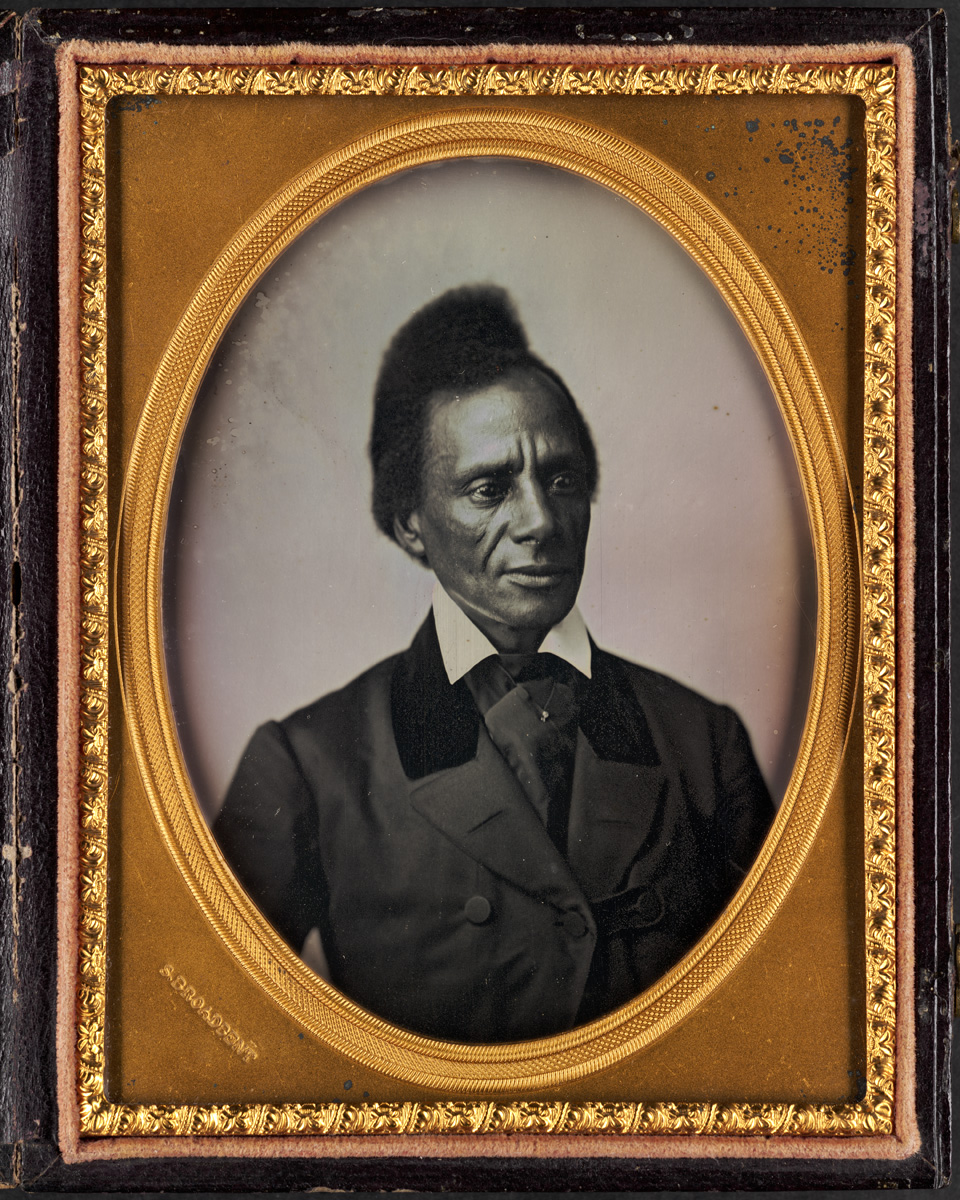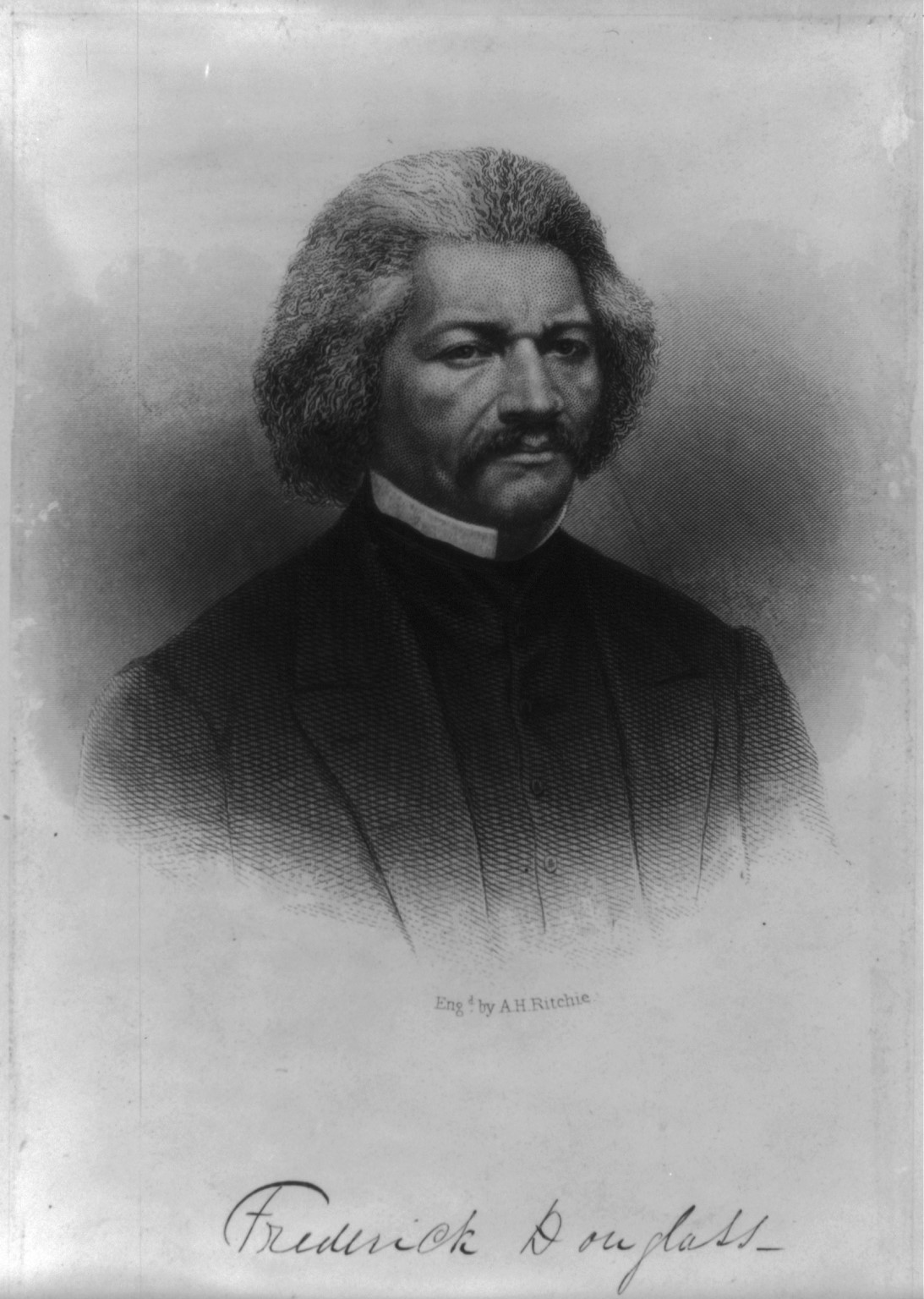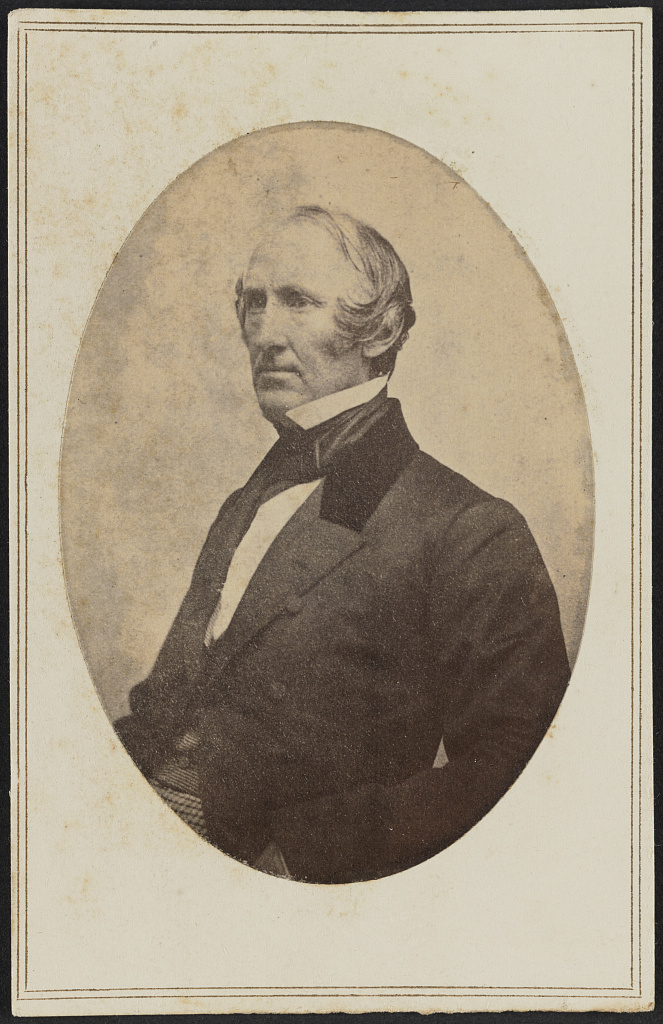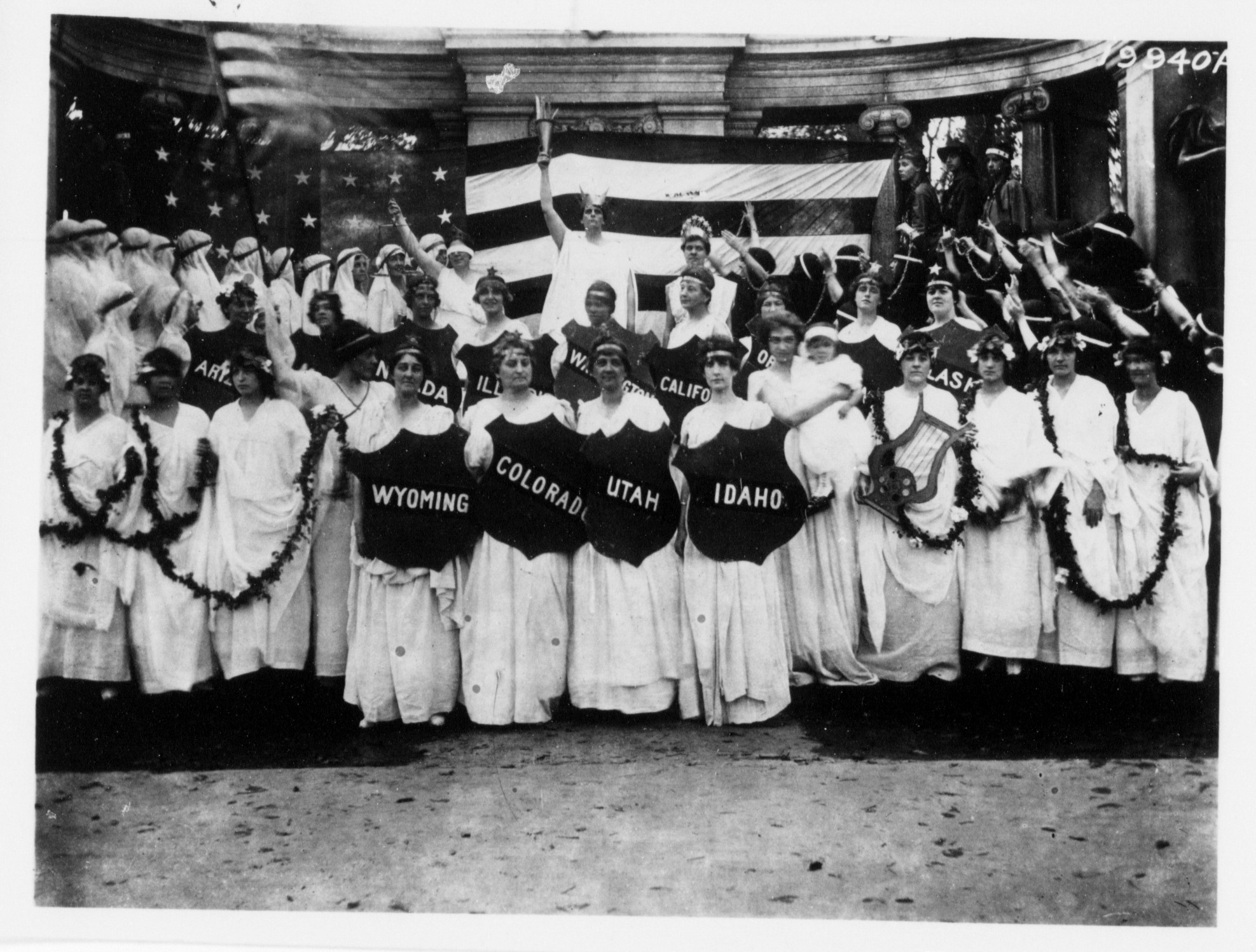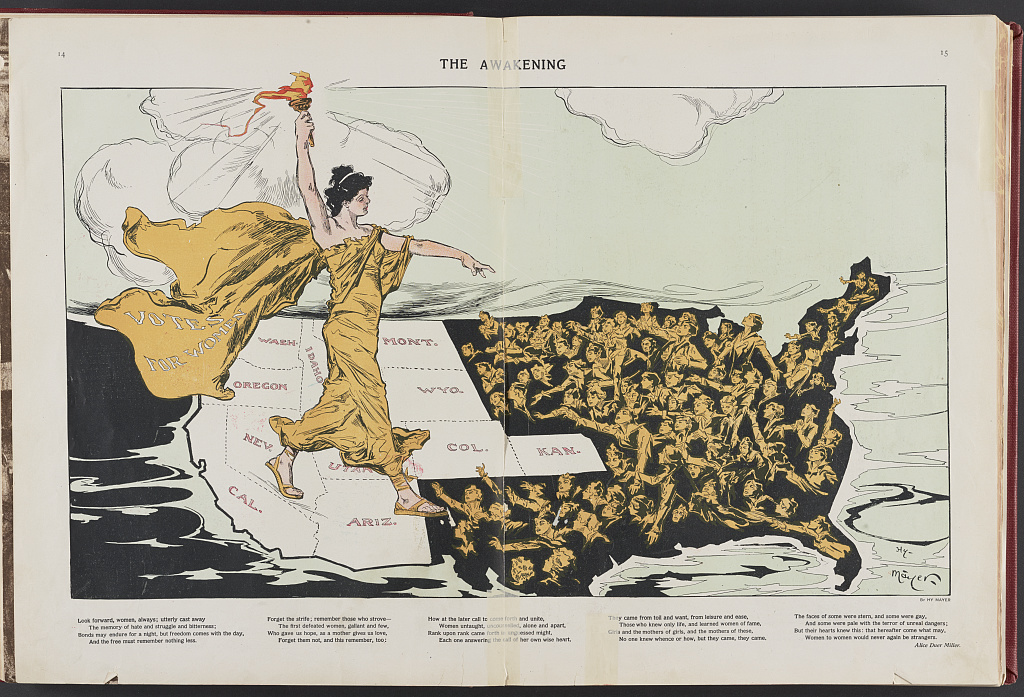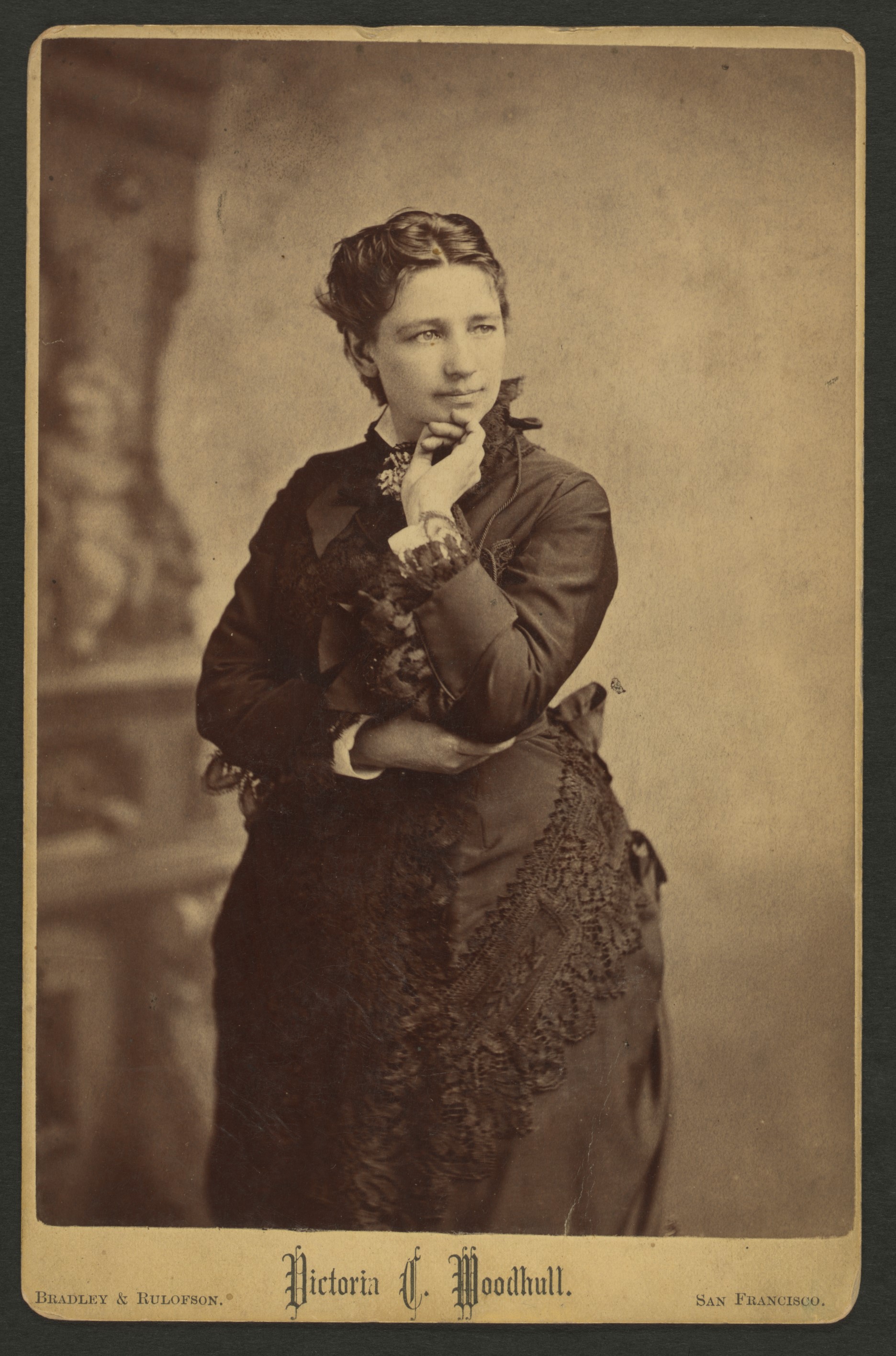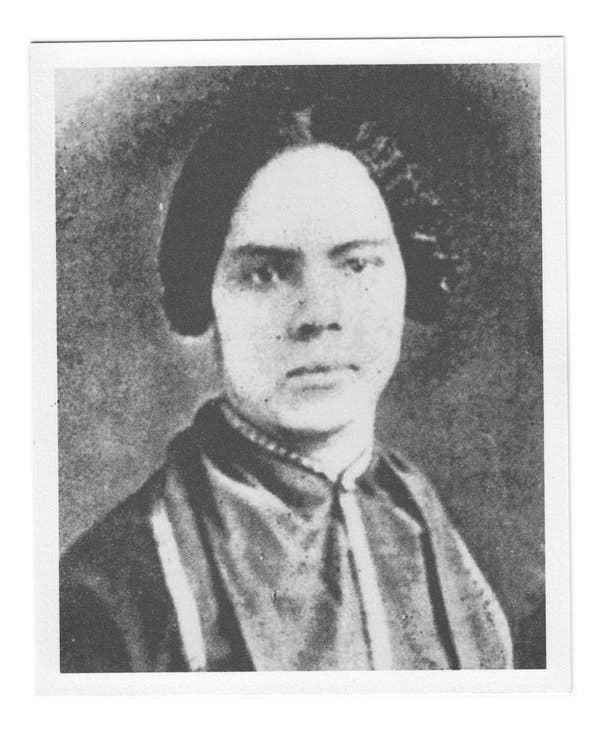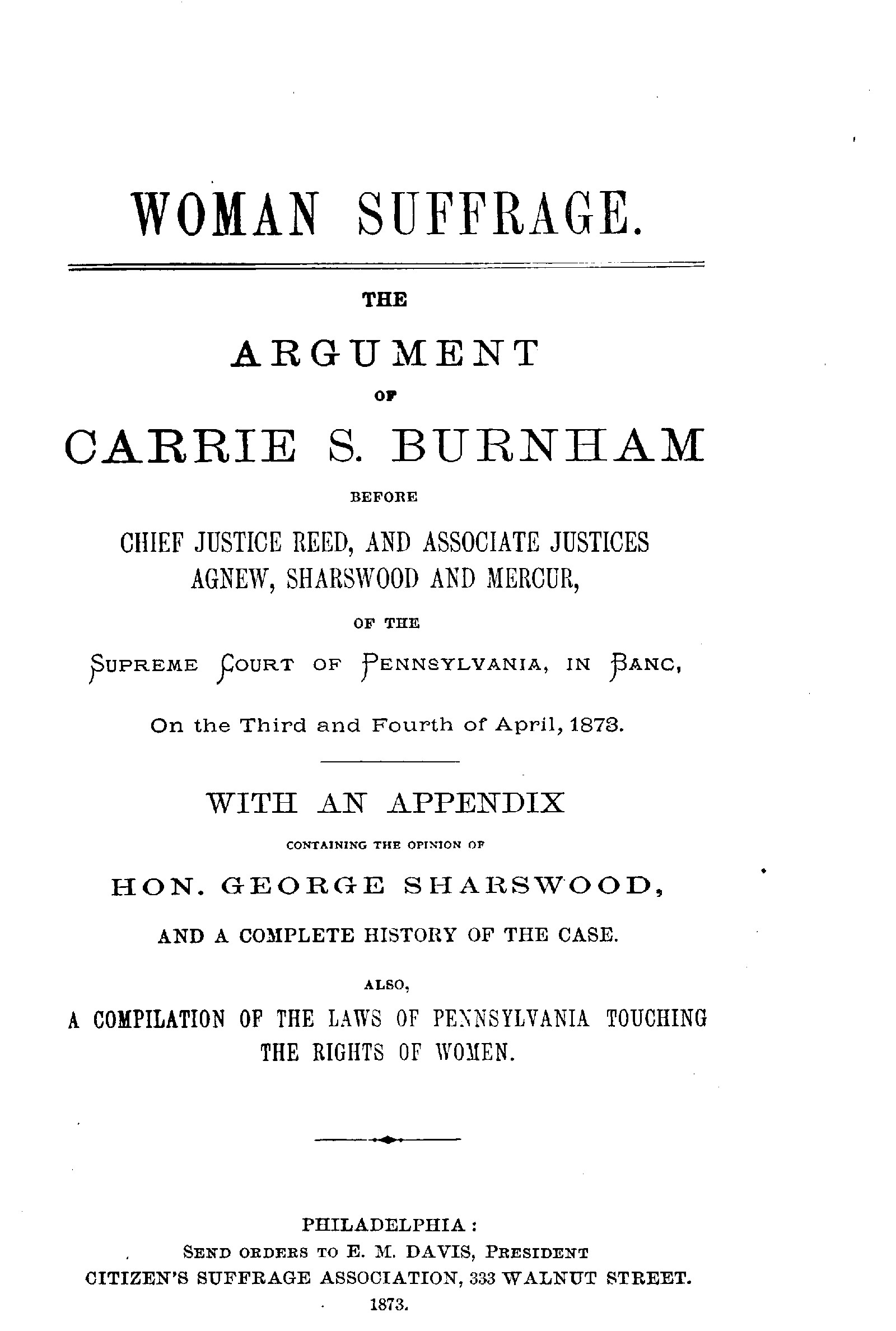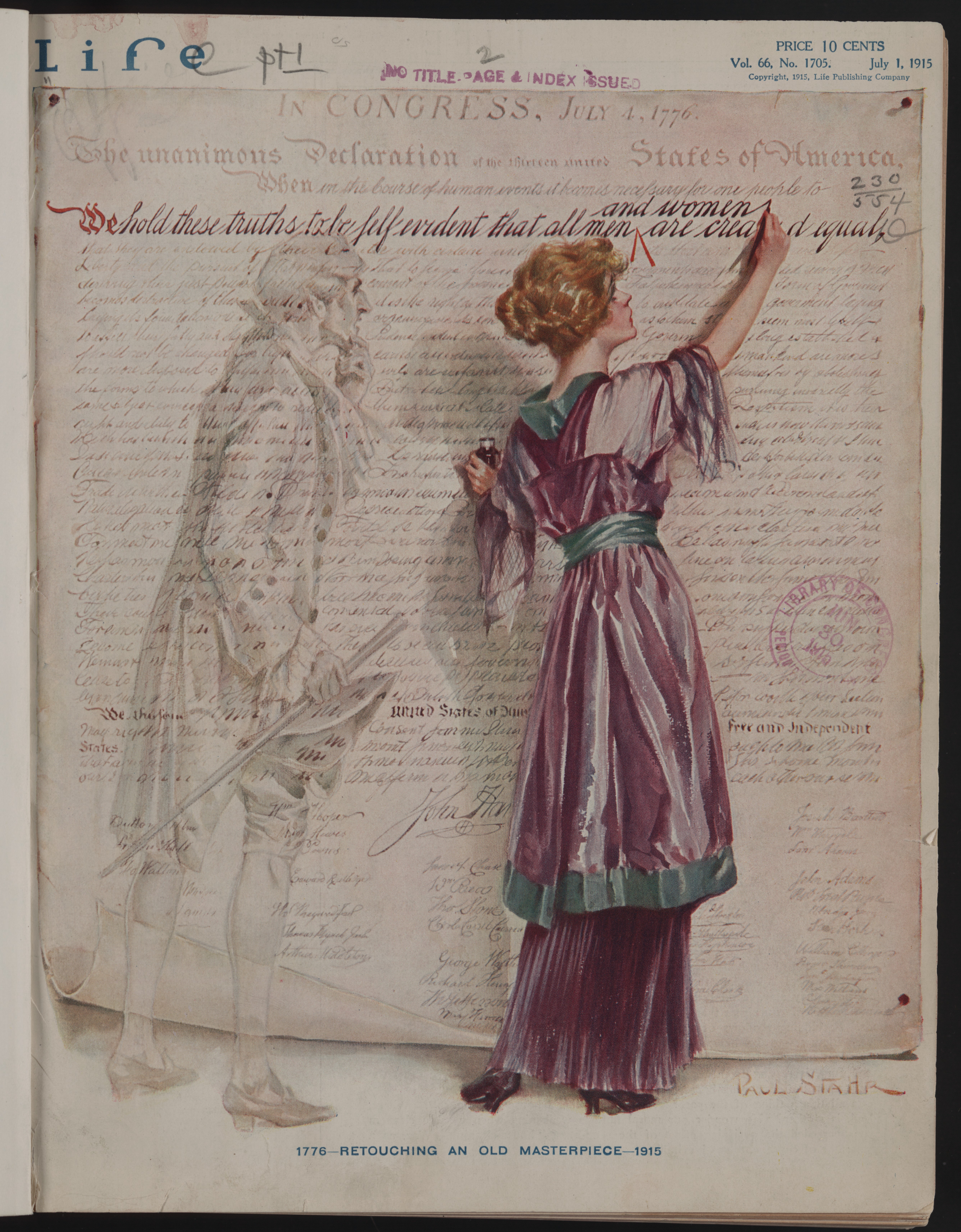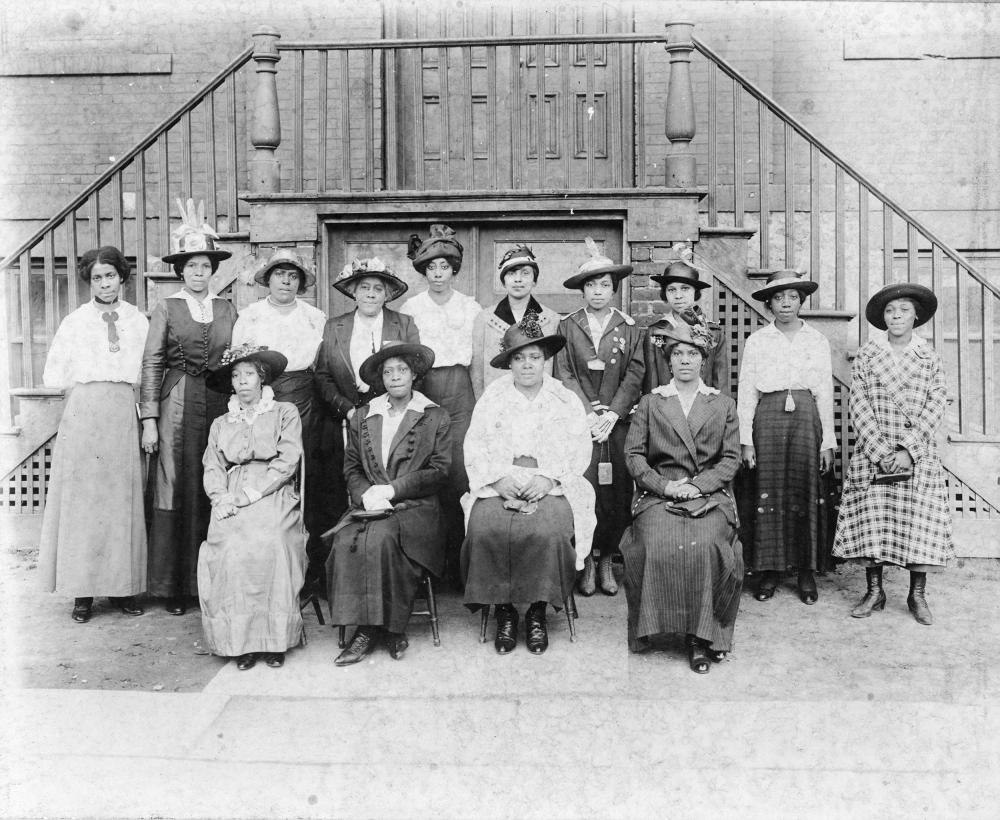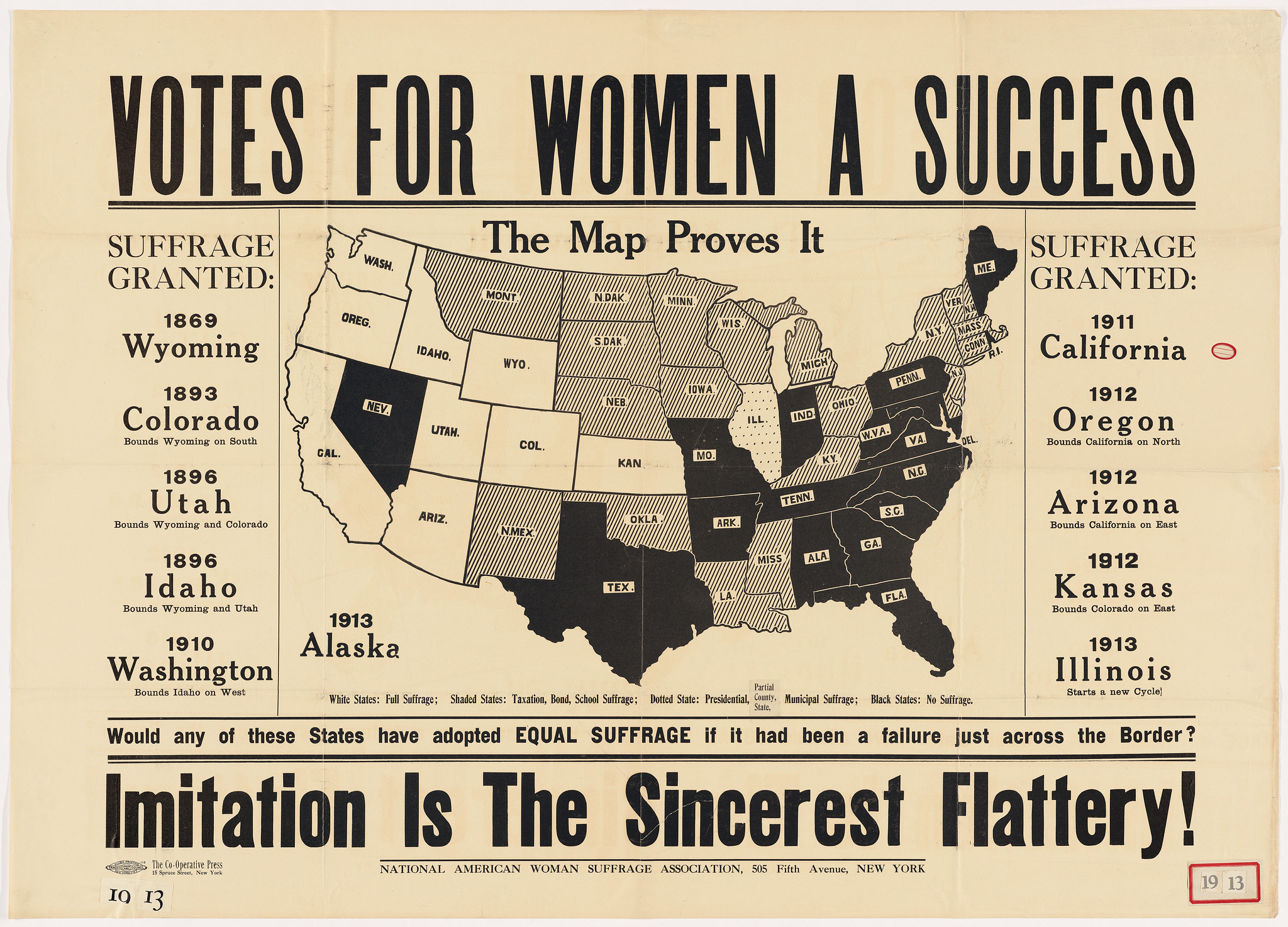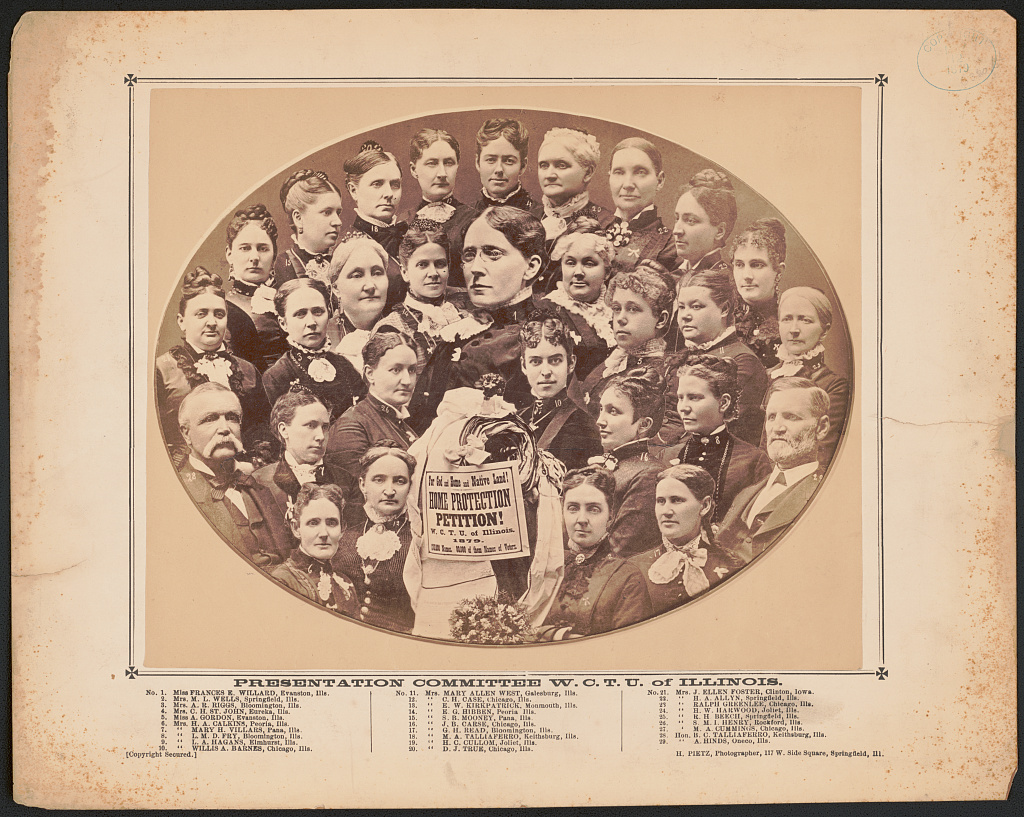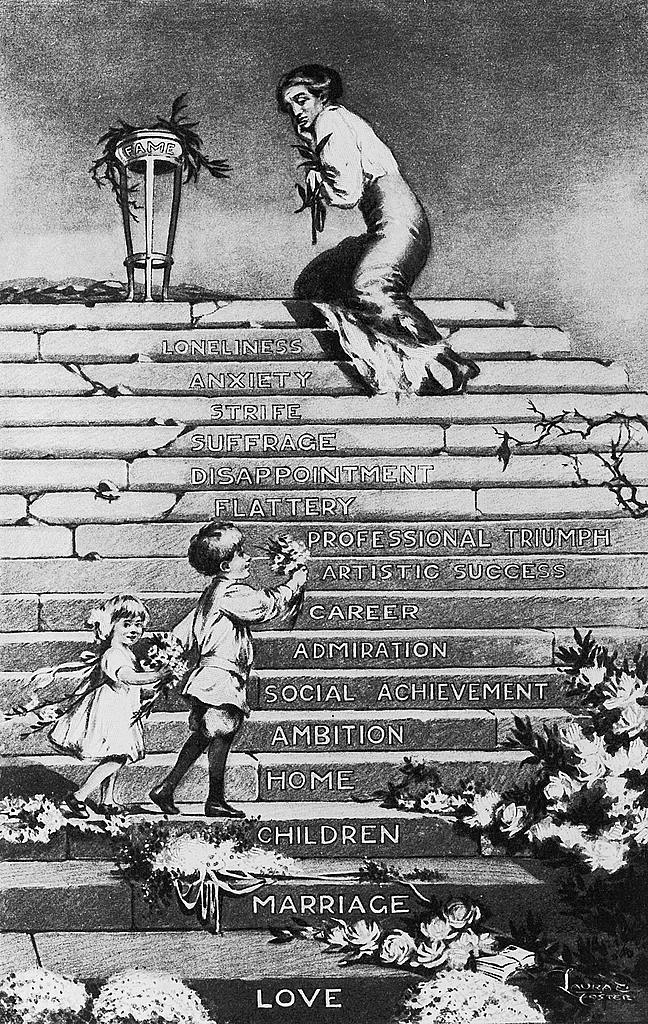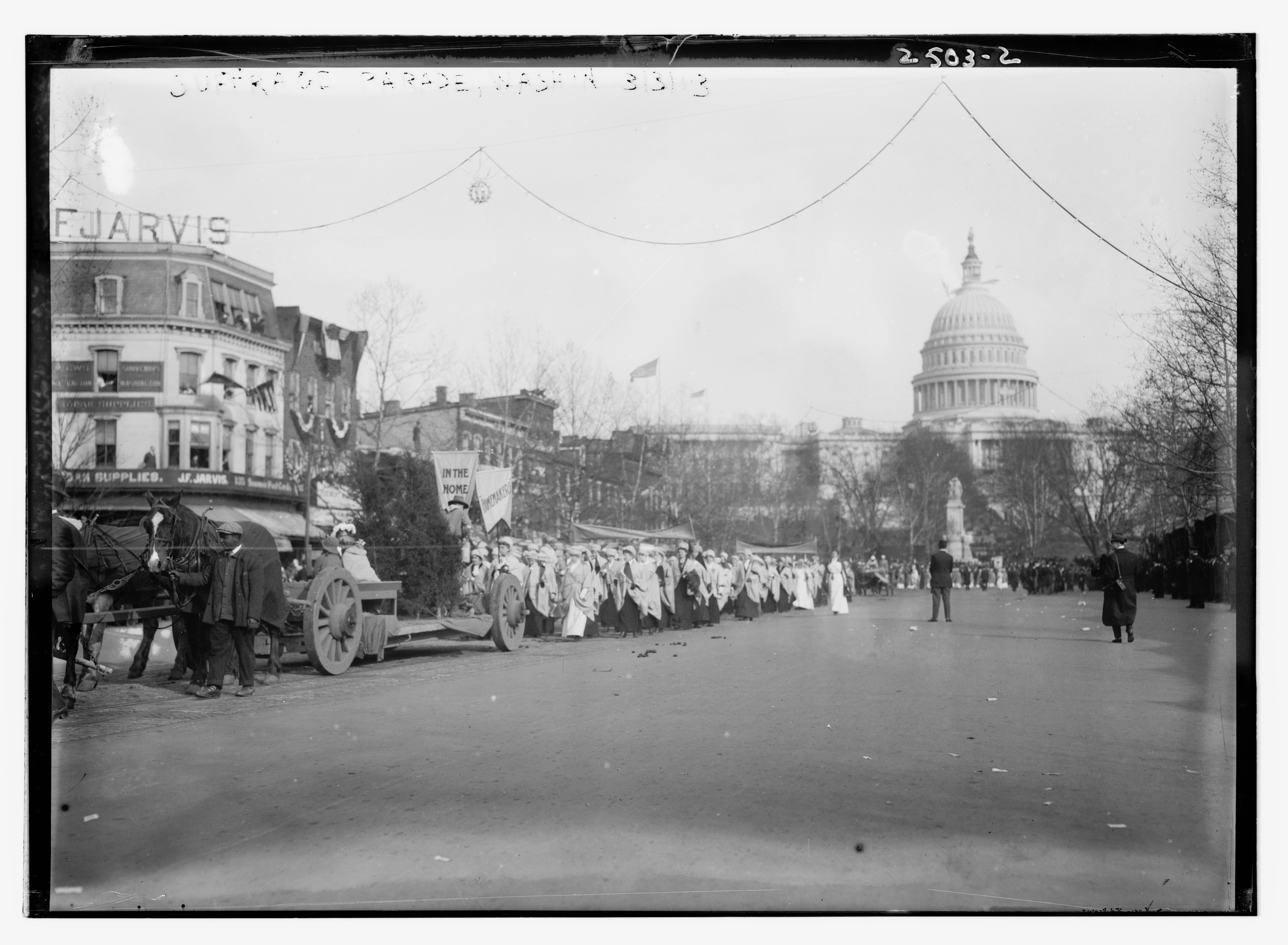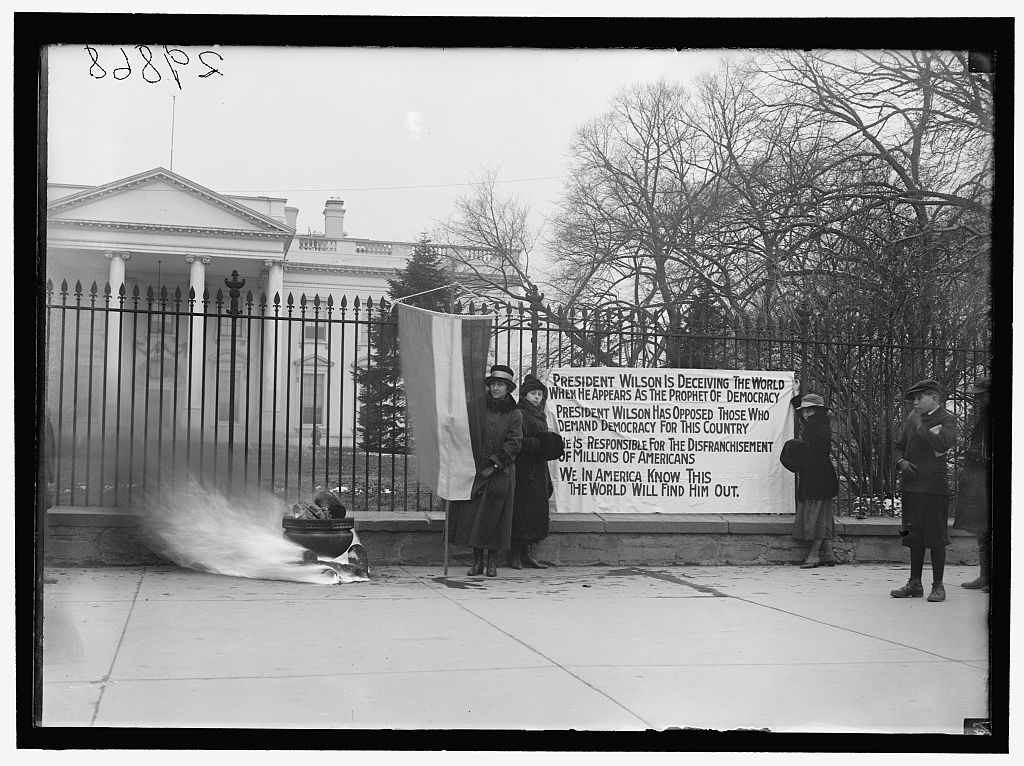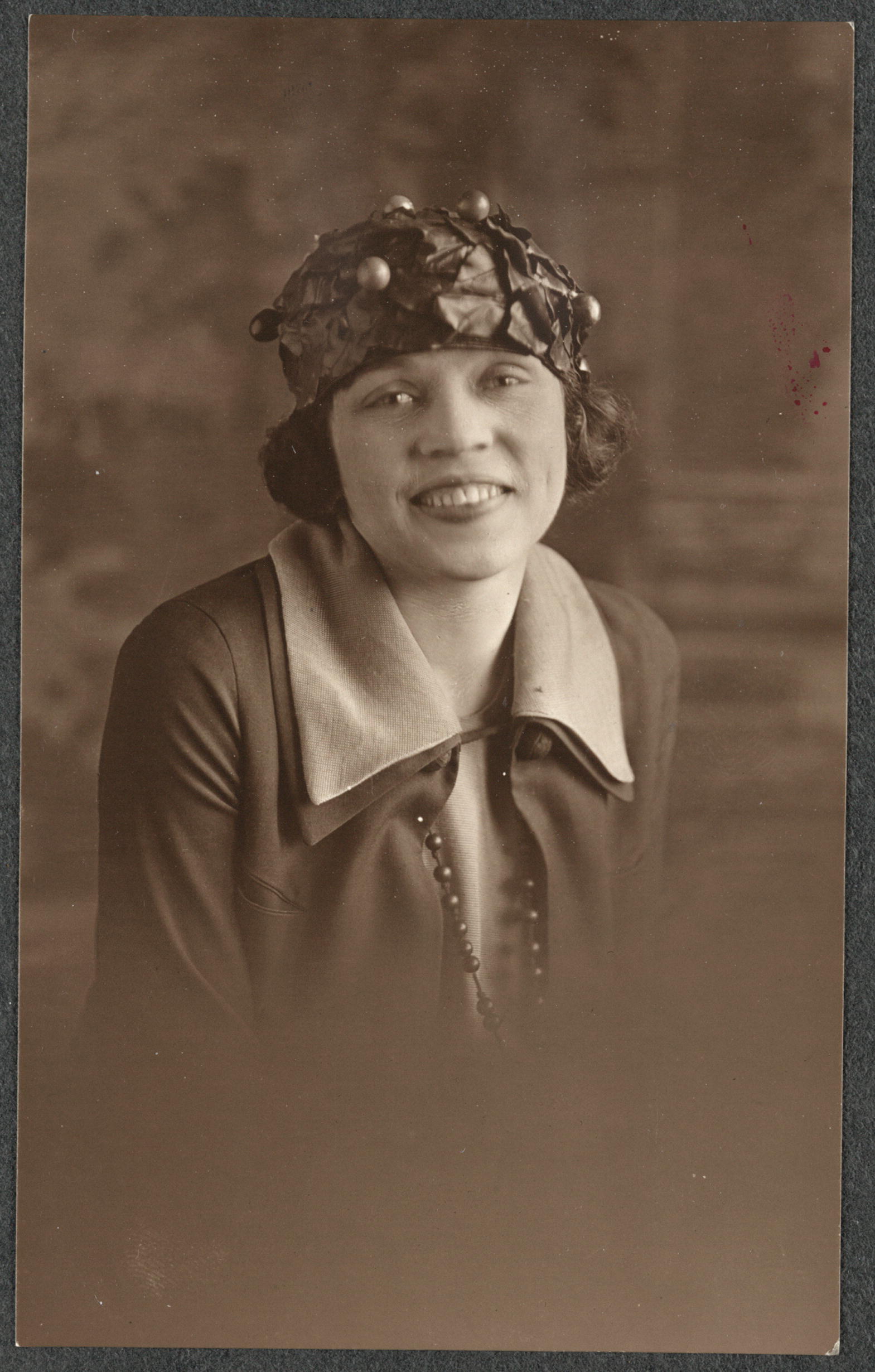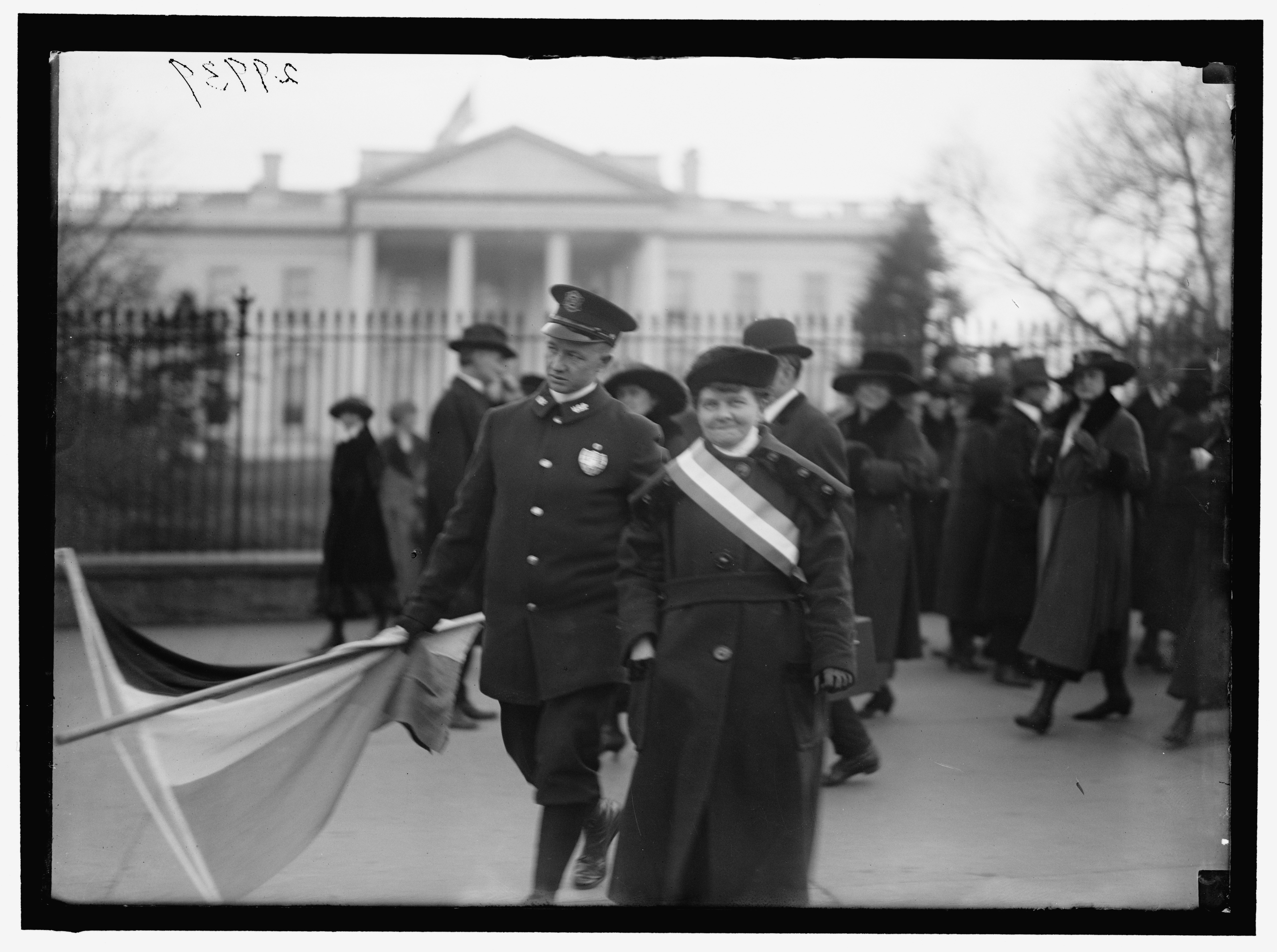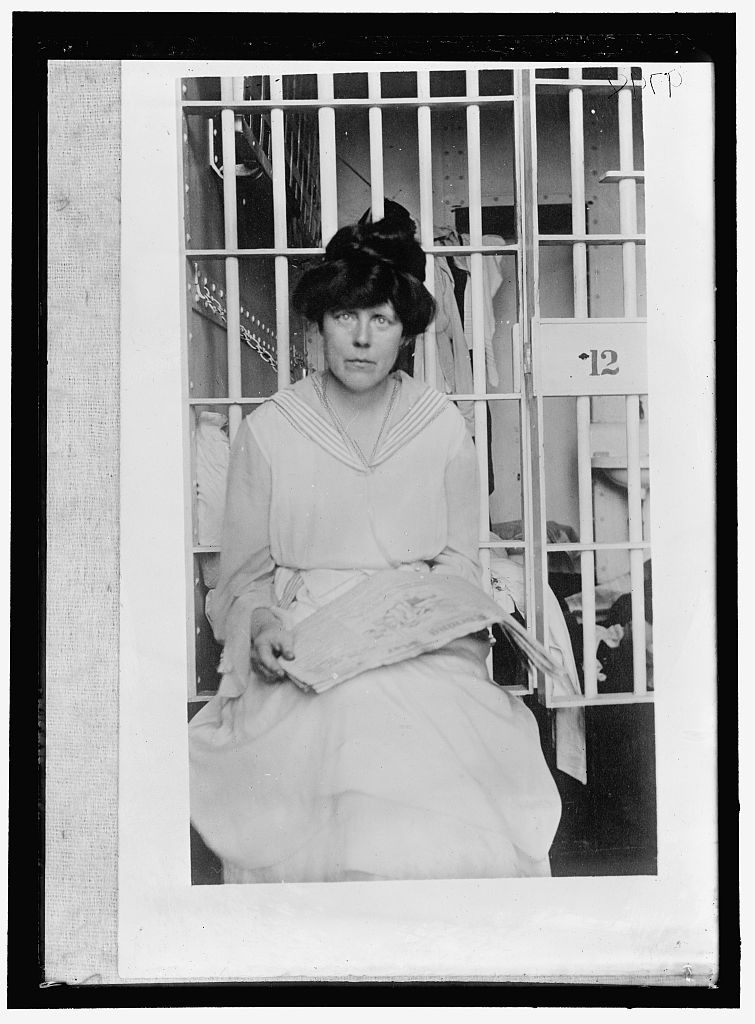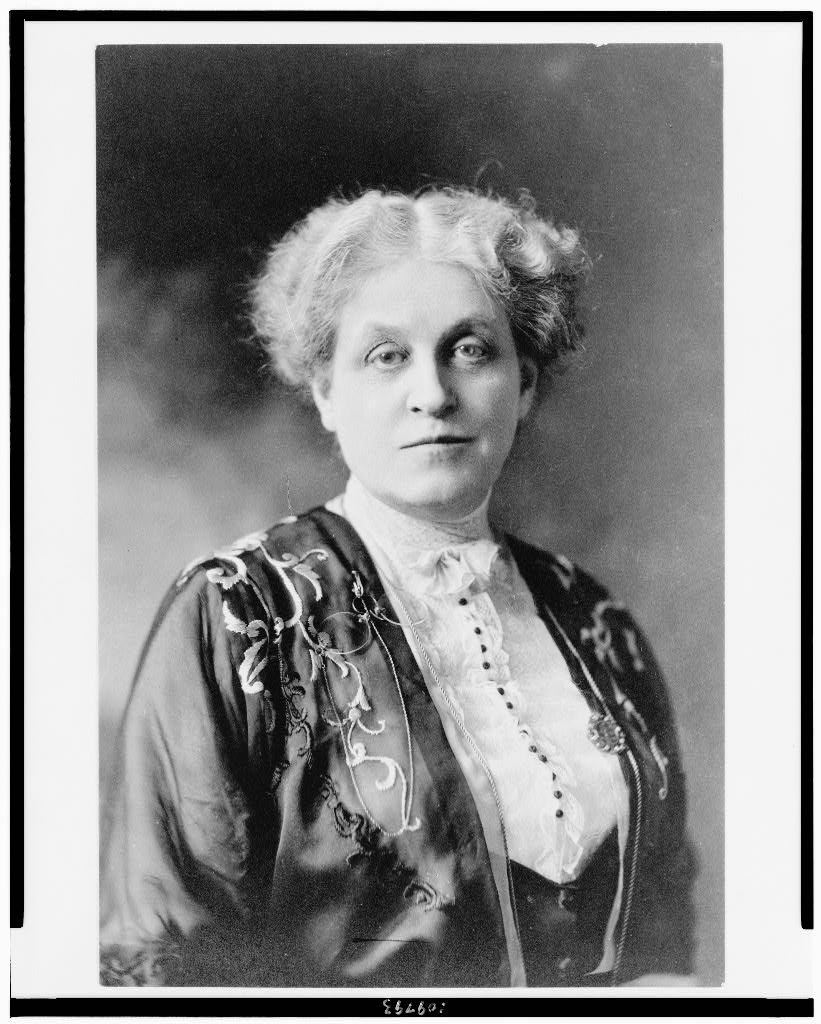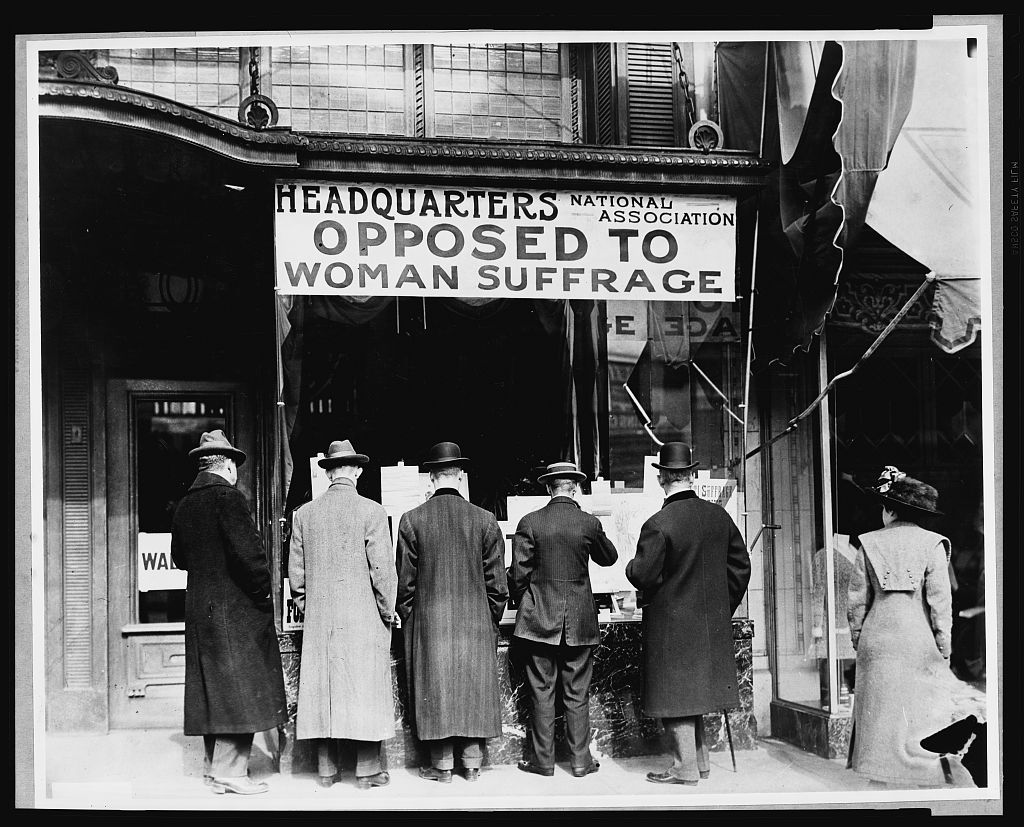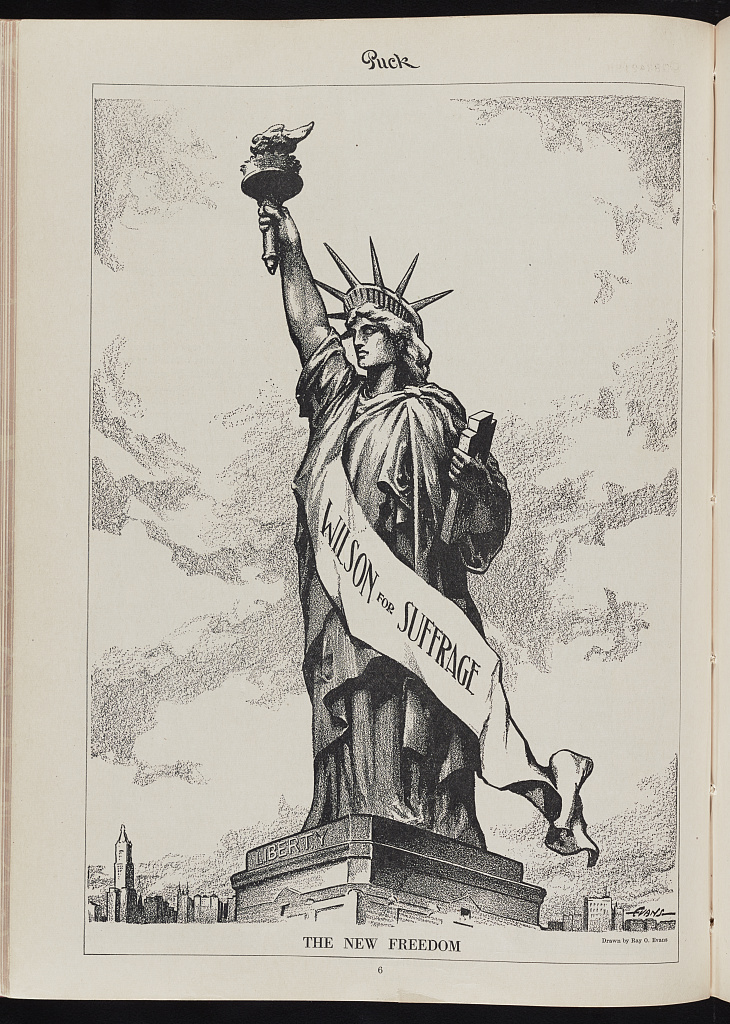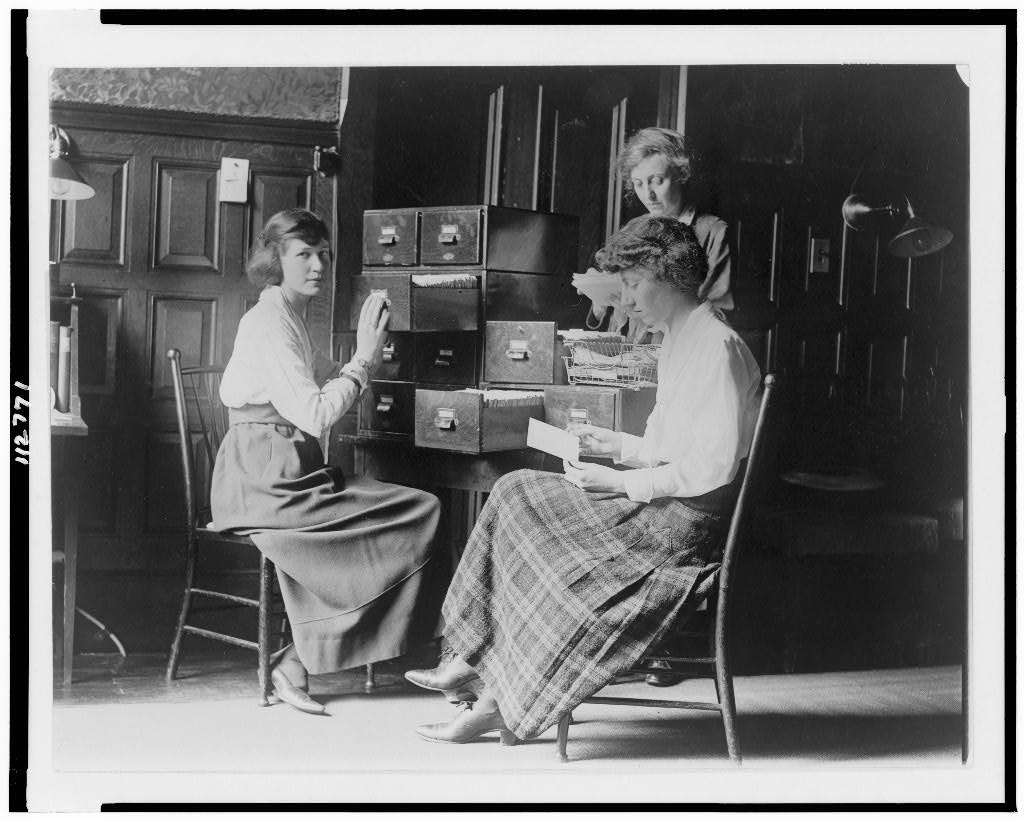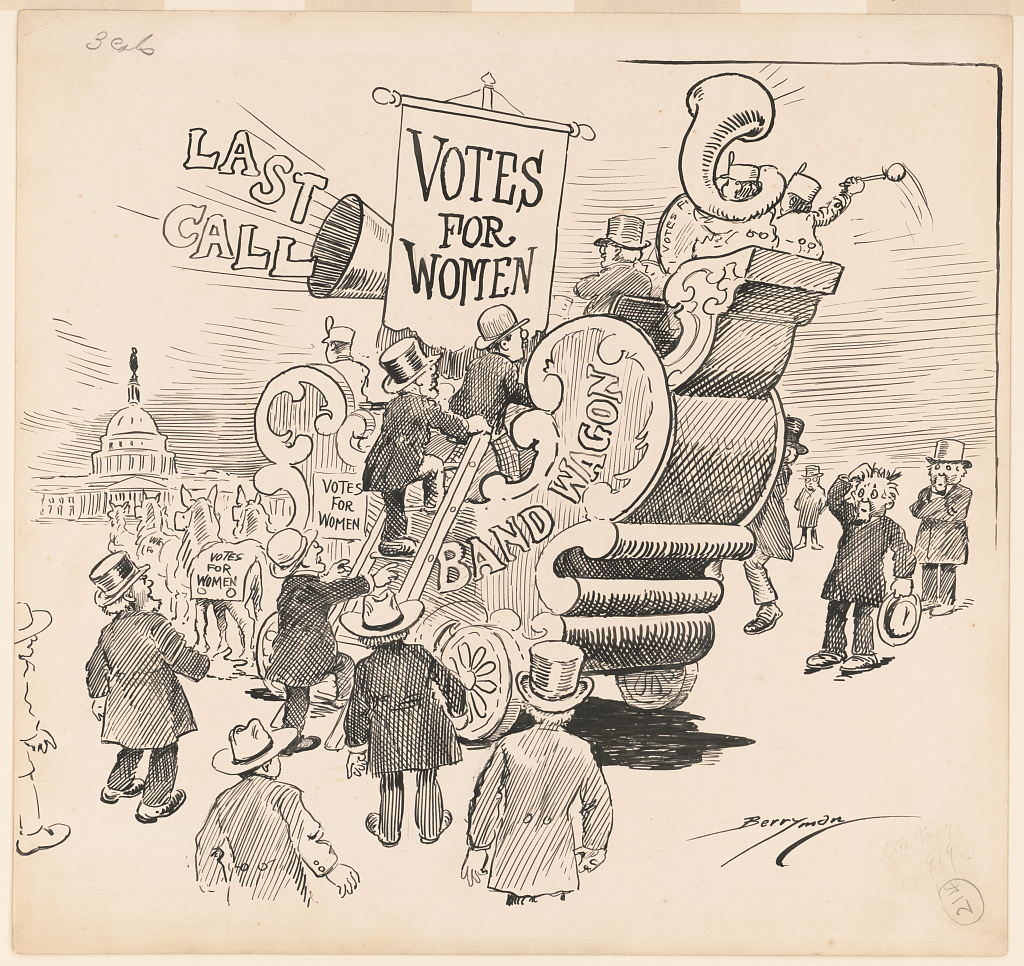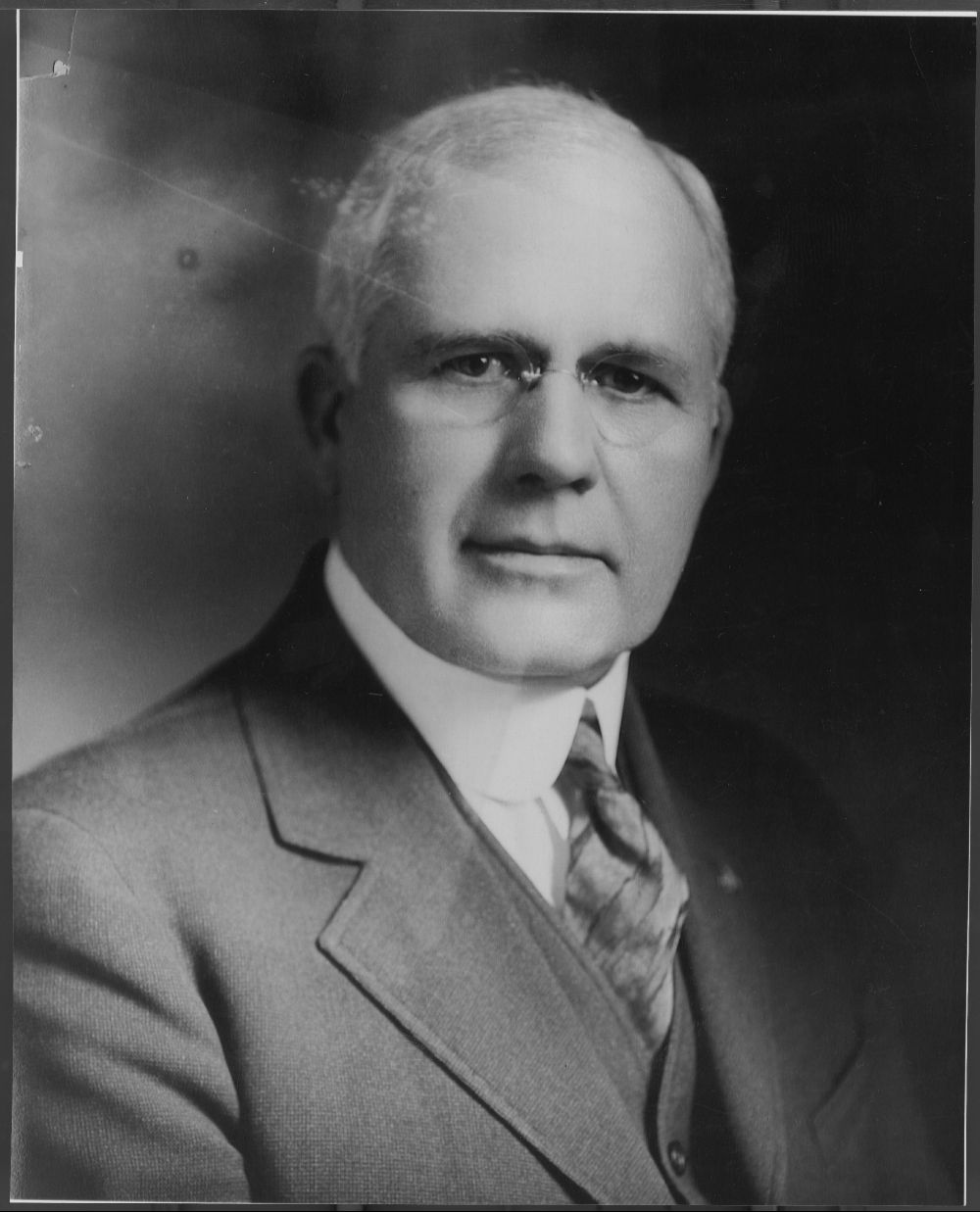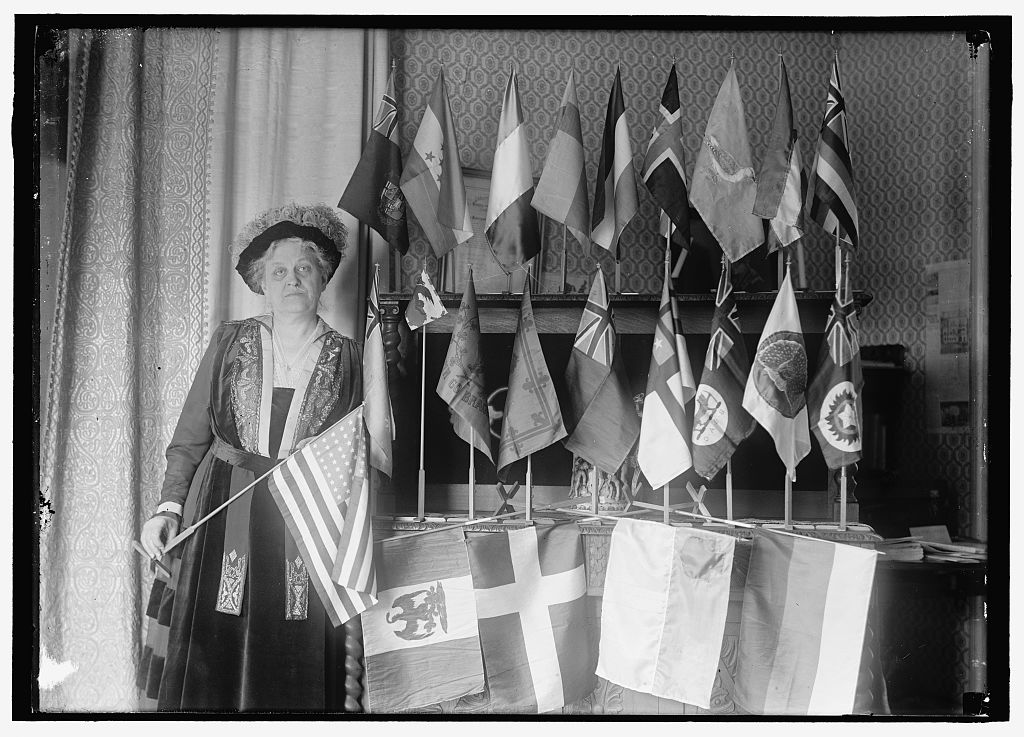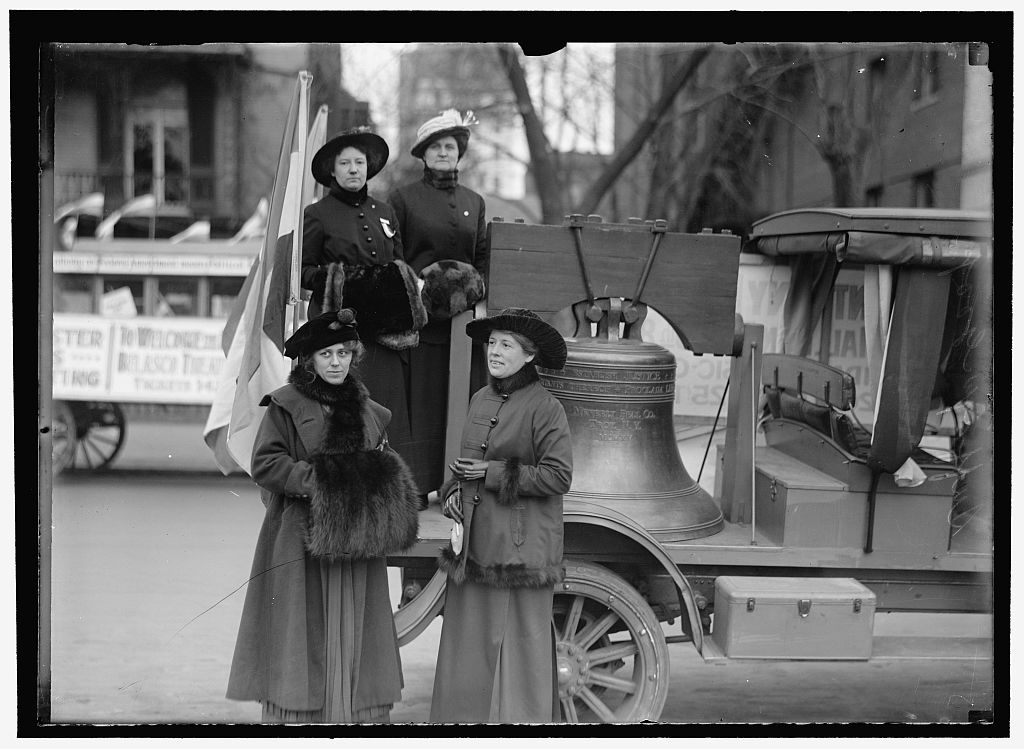19th Amendment
Women’s Right to Vote
Universal suffrage proposals first emerged during the Reconstruction era (1865-1877). Suffragists later modeled their proposal after the 15th Amendment (1870) and settled on language to end sex discrimination in voting. First proposed in 1878, the “Susan B. Anthony Amendment” was introduced in each Congress—unchanged—for the next four decades. Congress finally approved it on June 4, 1919. The 19th Amendment was ratified on August 18, 1920.
Special thanks to Reva Siegel of Yale Law School for sharing her advice and research in “She the People: The Nineteenth Amendment, Sex Equality, Federalism, and the Family” and to Laura Free from Hobart and William Smith Colleges for reviewing this content.
Read the full textThe Drafting Process
Select a Provision to Learn How It Changed over Time
Select a provision to learn more about how it was drafted into existence
1776
Event
July 2
1776
New Jersey allows women to vote
1840
Event
June 12
1840
World Anti-Slavery Convention
1848
Event
April 7
1848
New York Married Women’s Property Act
1848
Event
July 19
1848
Seneca Falls Convention
1861
Event
April 12
1861
Civil War begins
1865
Event
April 9
1865
Civil War ends
1865
Event
December 6
1865
13th Amendment is ratified
1866
Event
May 10
1866
Advocates embrace universal suffrage
1868
Event
July 9
1868
14th Amendment is ratified
1868
-
Draft — December 7, 1868
Sen. Pomeroy brings Kansas proposal to the Senate
1868
-
Draft — December 8, 1868
Rep. Julian proposes universal suffrage
1869
-
Draft — January 29, 1869
Sen. Pomeroy advances a proposal for universal suffrage
1869
-
Draft — March 15, 1869
Rep. Julian proposes women's suffrage
1869
Event
May 15
1869
Universal suffrage movement splits
1869
Event
December 10
1869
Wyoming Territory grants women suffrage
1870
Event
February 3
1870
15th Amendment is ratified
1872
Event
November 5
1872
Women try to vote under the 14th Amendment
1876
Event
July 4
1876
Anniversary of the Declaration of Independence
1878
-
Draft — January 10, 1878
Sen. Sargent introduces a women's suffrage amendment
1882
-
Draft — July 10, 1882
Rep. White supports taking action on women's suffrage
1884
-
Draft — March 28, 1884
Senate committee recommends amendment
1890
Event
February 18
1890
Two mainstream suffrage groups merge
1911
Event
January 1
1911
National anti-suffrage group forms
1913
Event
March 3
1913
Washington, D.C., national suffrage parade
1914
-
Draft — March 19, 1914
Sen. Williams supports limitations on suffrage
1914
-
Draft — March 19, 1914
Sen. Vardaman pushes for state control of voting
1914
-
Draft — March 20, 1914
Sen. Shafroth proposes voting guidelines for the states
1917
Event
January 10
1917
Suffragists picket the White House
1917
Event
April 6
1917
Congress declares war on Germany
1917
Event
November 6
1917
New York grants women suffrage
1918
Ratification
January 10
1918
House passes the amendment
-
1918
House passes the amendment
-
1919
Congress passes the 19th Amendment
-
1920
19th Amendment is ratified
Result
Passed by House, failed in Senate
1919
Ratification
June 4
1919
Congress passes the 19th Amendment
-
1918
House passes the amendment
-
1919
Congress passes the 19th Amendment
-
1920
19th Amendment is ratified
Result
Passed by Congress, sent to the states for ratification
1919
-
Draft — June 4, 1919
19th Amendment Final Text
Final
Ratification
August 18
1920
19th Amendment is ratified
-
1918
House passes the amendment
-
1919
Congress passes the 19th Amendment
-
1920
19th Amendment is ratified
Result
Ratified by three-fourths of the states
Study the Process
Dig Deeper or Select Another Document to
Compare How the Language Changed over Time
Select a document
19th Amendment Final Text
During the women’s suffrage movement, many suffragists pushed for a constitutional amendment to ensure voting rights on the national level. Others worked to secure voting rights one state at a time. These combined efforts culminated in the 19th Amendment, which banned sex discrimination in voting. In 1919, the House approved the amendment in a landslide vote (304-89), followed by the Senate (56-25). It was ratified by the states in August 1920.

The 66th Congress met from March 1919 through March 1921—the final two years of President Woodrow Wilson's presidency. Republicans controlled both the House and the Senate.
- June 4, 1919
- 66th Congress
- Final Amendment
The right of citizens of the United States to vote shall not be denied or abridged by the United States or by any State on account of sex. Congress shall have power to enforce this article by appropriate legislation.
Select a document
19th Amendment Final Text
During the women’s suffrage movement, many suffragists pushed for a constitutional amendment to ensure voting rights on the national level. Others worked to secure voting rights one state at a time. These combined efforts culminated in the 19th Amendment, which banned sex discrimination in voting. In 1919, the House approved the amendment in a landslide vote (304-89), followed by the Senate (56-25). It was ratified by the states in August 1920.

The 66th Congress met from March 1919 through March 1921—the final two years of President Woodrow Wilson's presidency. Republicans controlled both the House and the Senate.
- June 4, 1919
- 66th Congress
- Final Amendment
The right of citizens of the United States to vote shall not be denied or abridged by the United States or by any State on account of sex. Congress shall have power to enforce this article by appropriate legislation.
Analyze provisions from this text
Select a provision to learn more about the language and its implications.
Select a document
19th Amendment Final Text
During the women’s suffrage movement, many suffragists pushed for a constitutional amendment to ensure voting rights on the national level. Others worked to secure voting rights one state at a time. These combined efforts culminated in the 19th Amendment, which banned sex discrimination in voting. In 1919, the House approved the amendment in a landslide vote (304-89), followed by the Senate (56-25). It was ratified by the states in August 1920.

The 66th Congress met from March 1919 through March 1921—the final two years of President Woodrow Wilson's presidency. Republicans controlled both the House and the Senate.
Select a document
Select a document to learn more about how it changed over time
Select a provision to learn more what’s changed
- June 4, 1919
- 66th Congress
- Final Amendment
The right of citizens of the United States to vote shall not be denied or abridged by the United States or by any State on account of sex. Congress shall have power to enforce this article by appropriate legislation.




